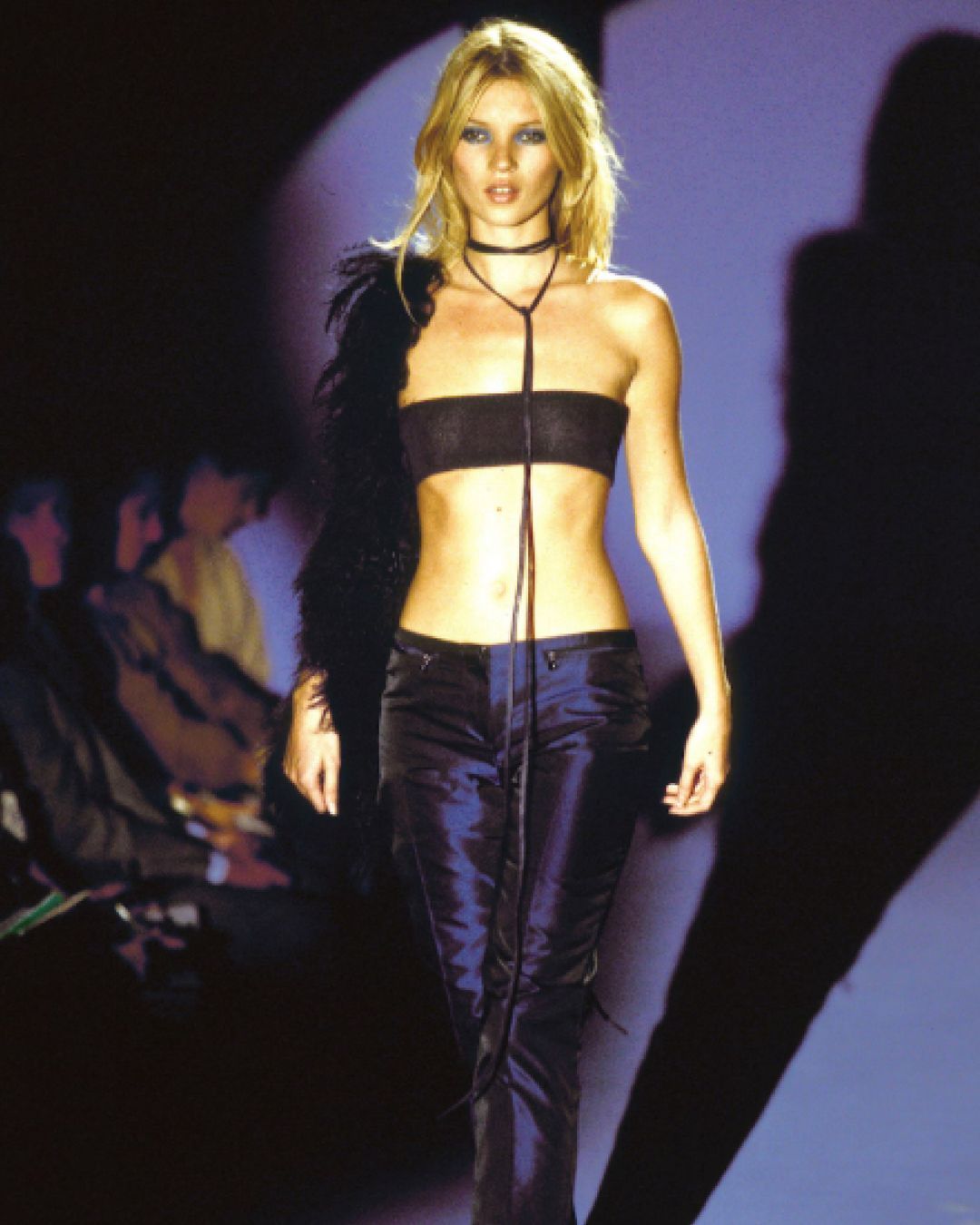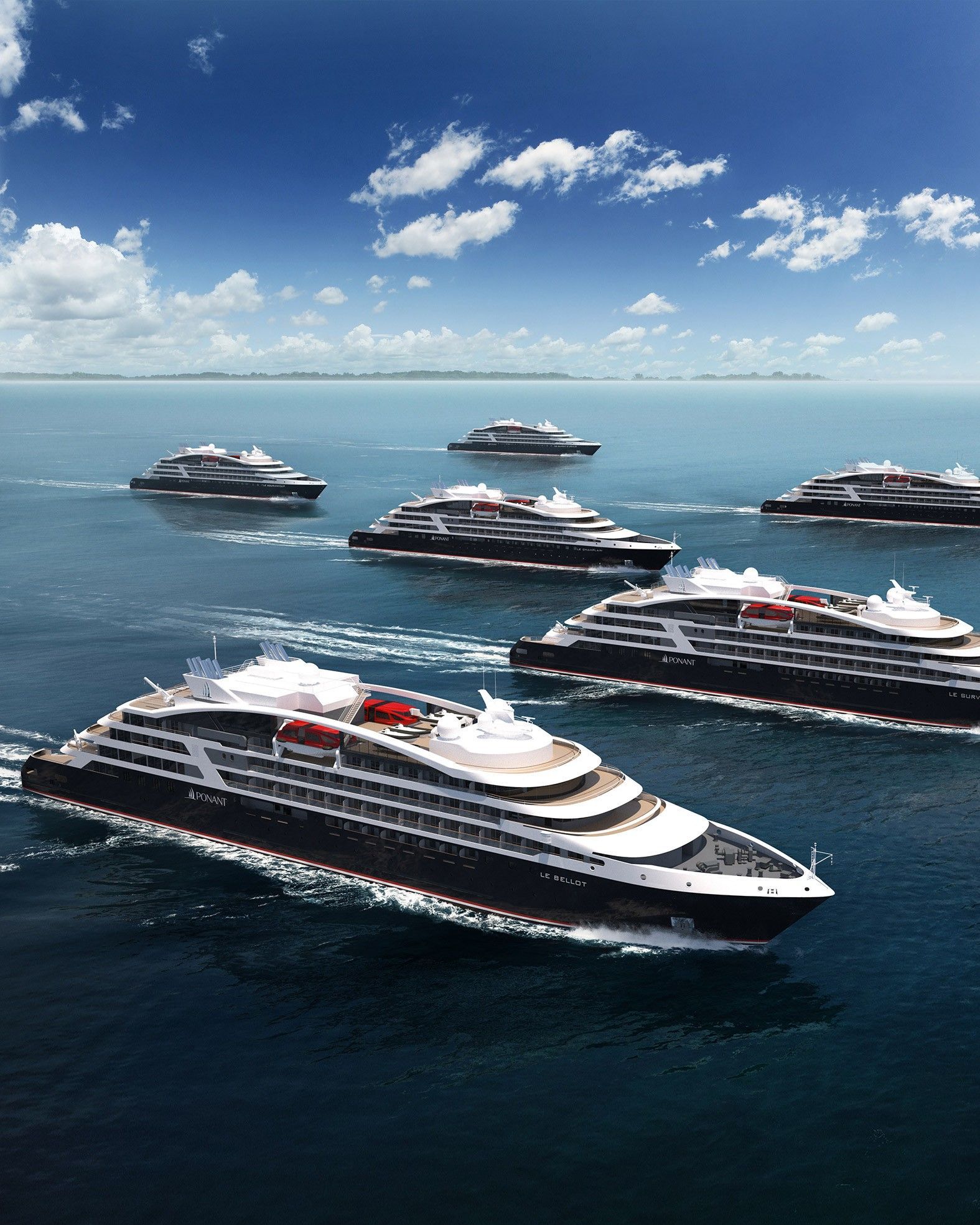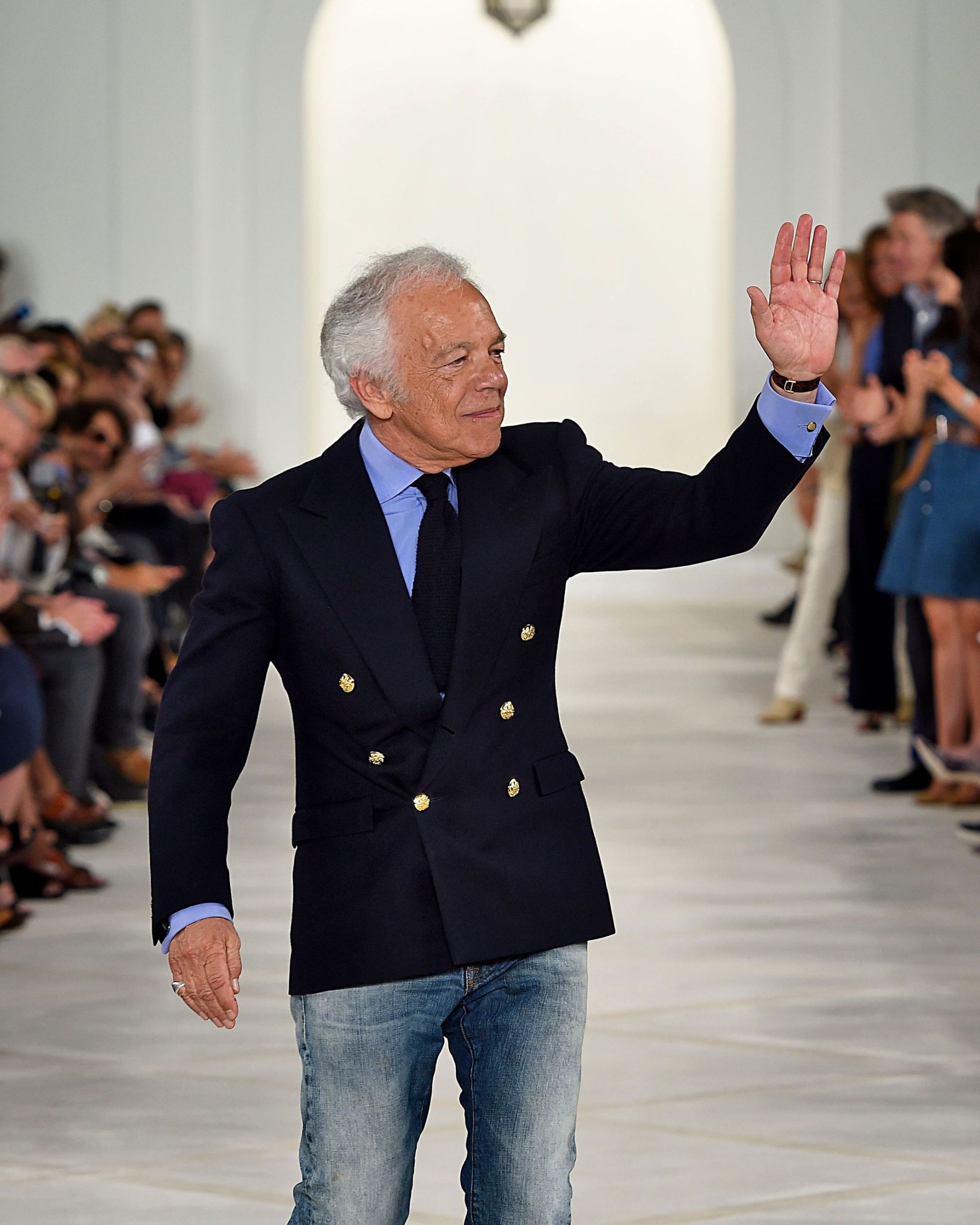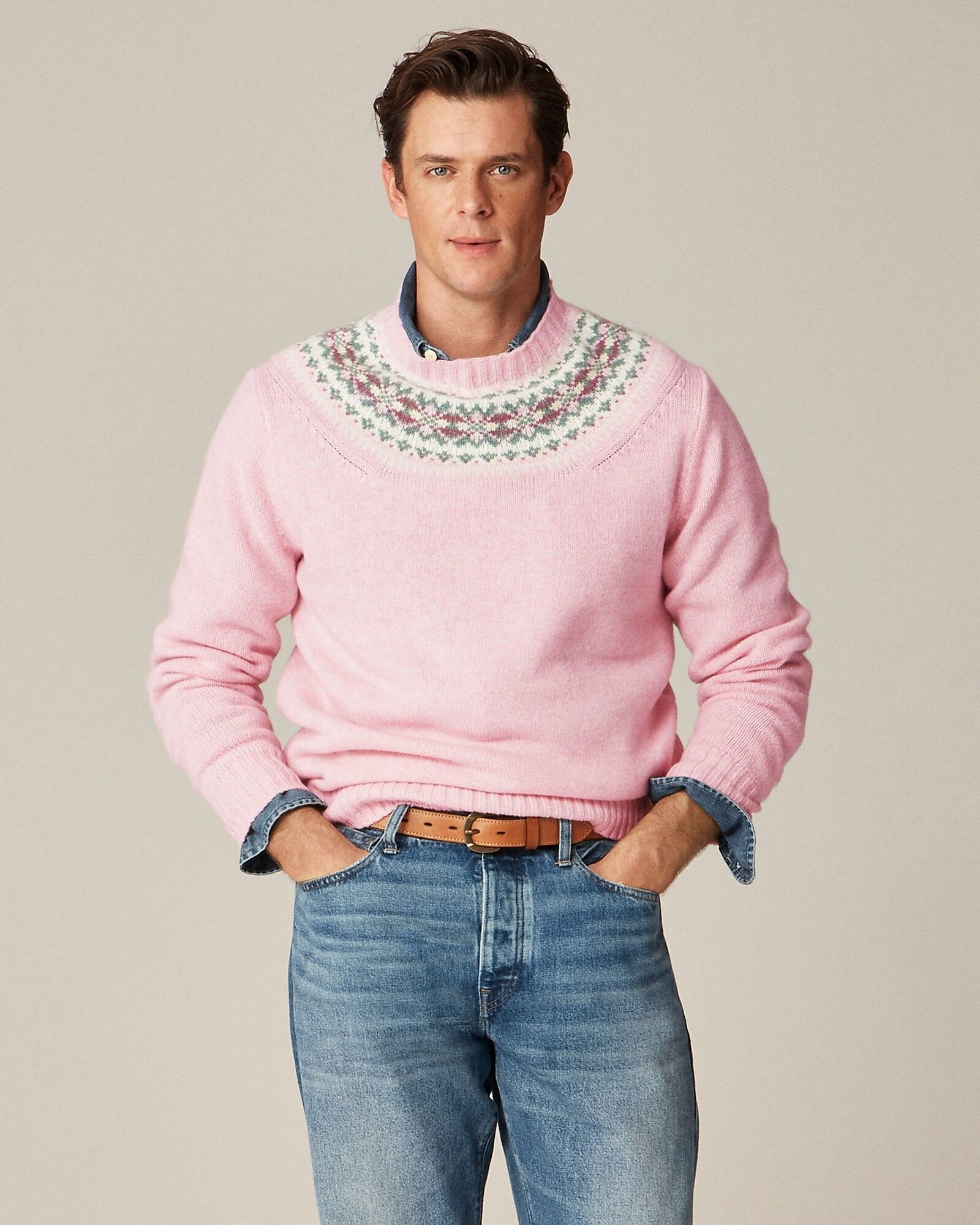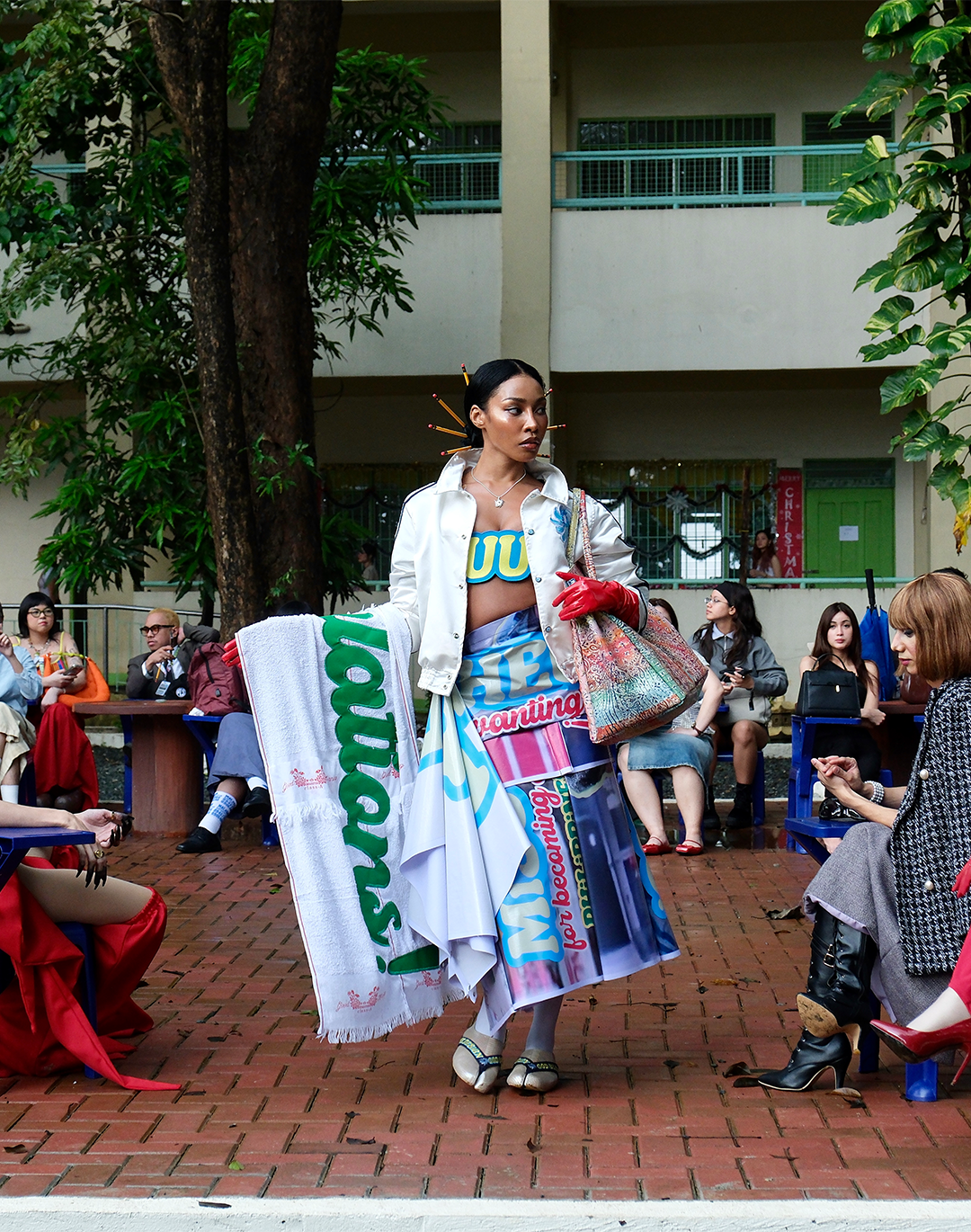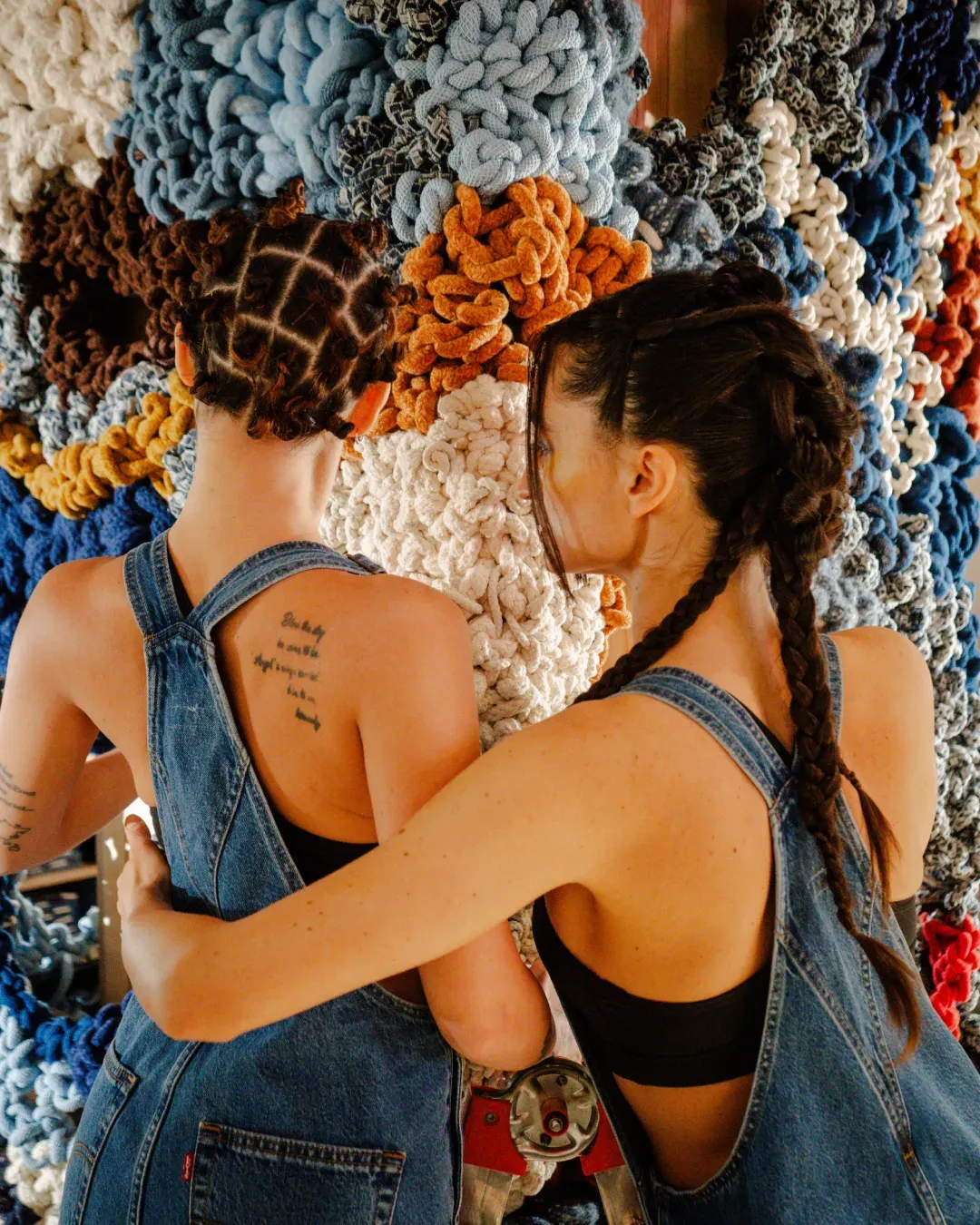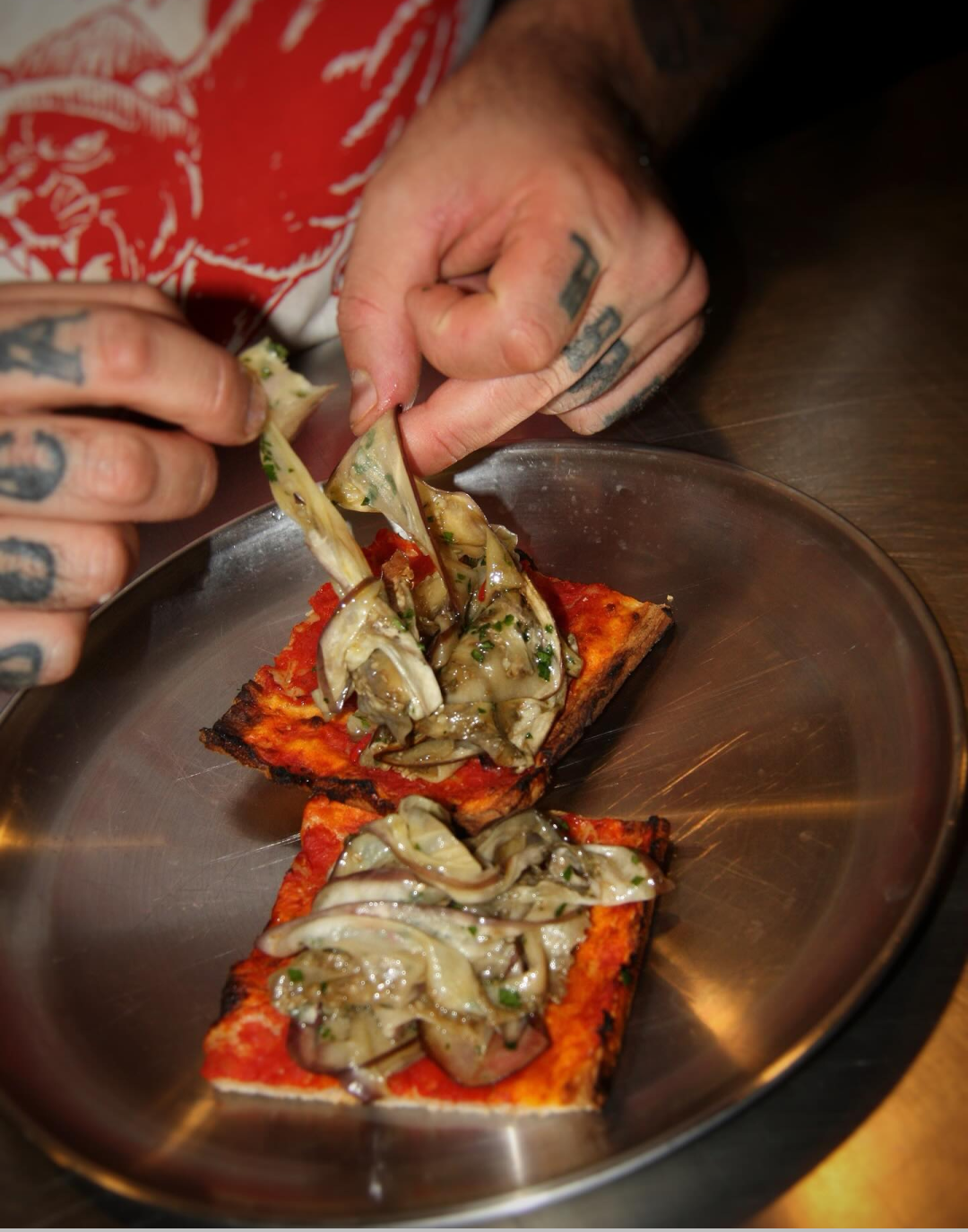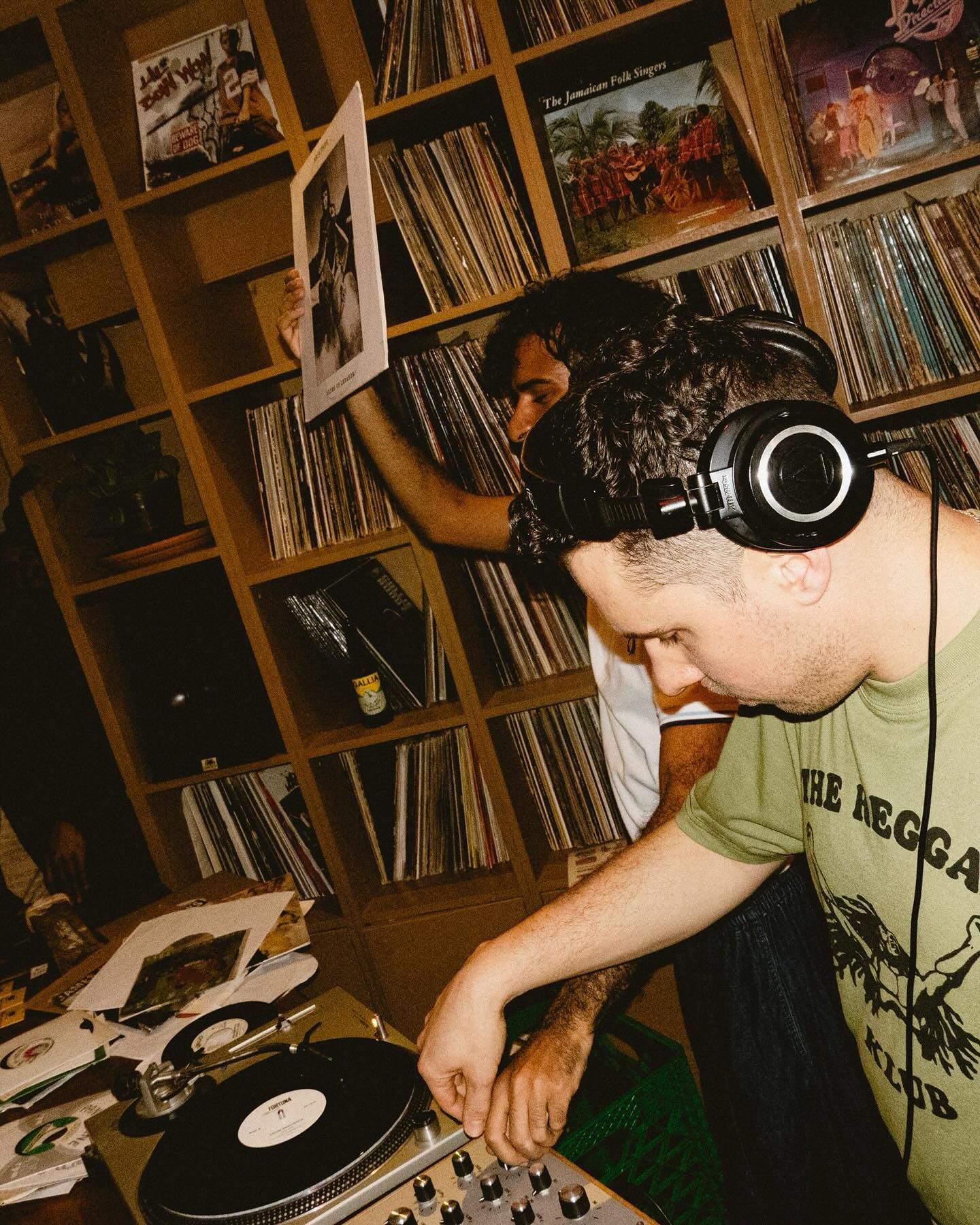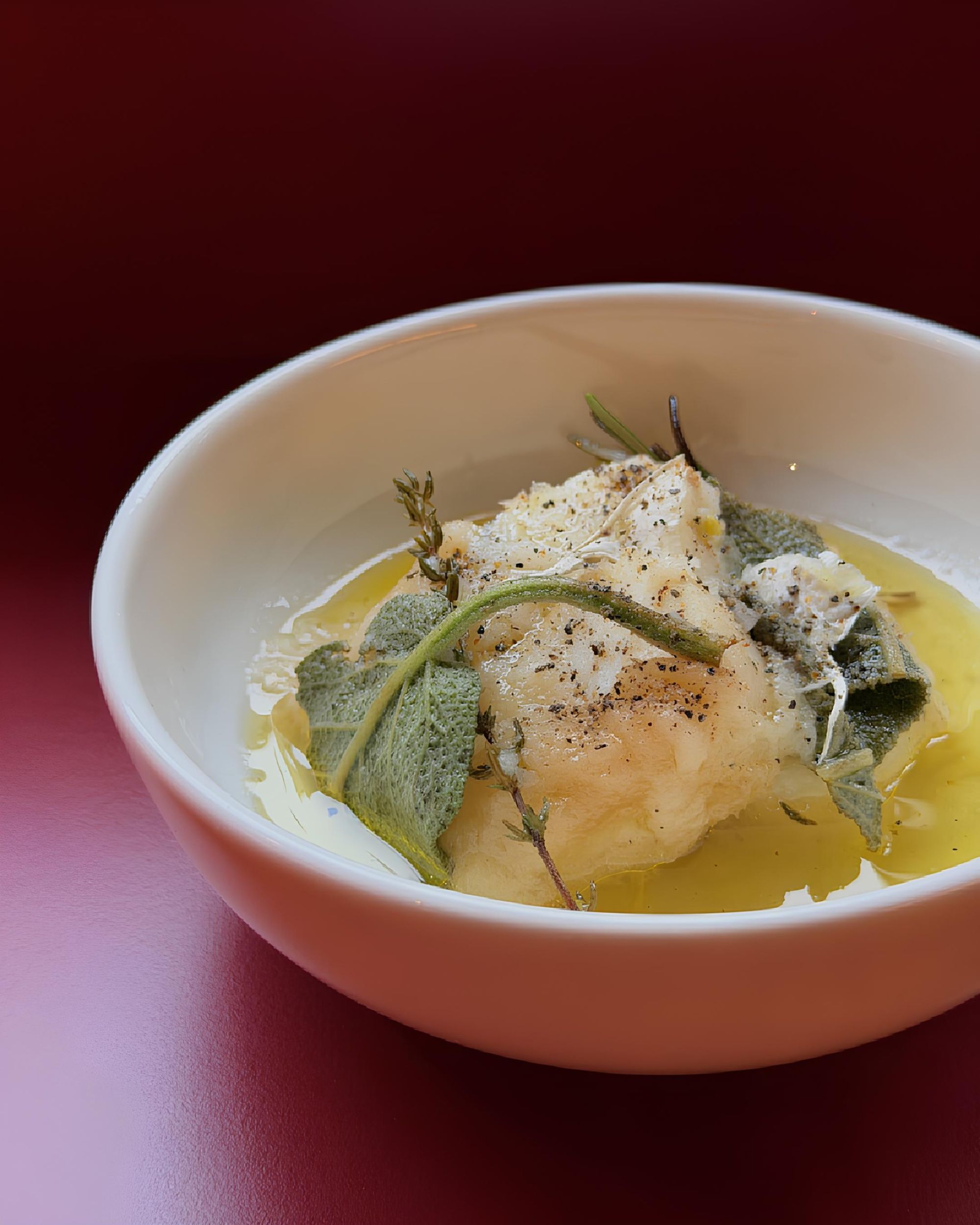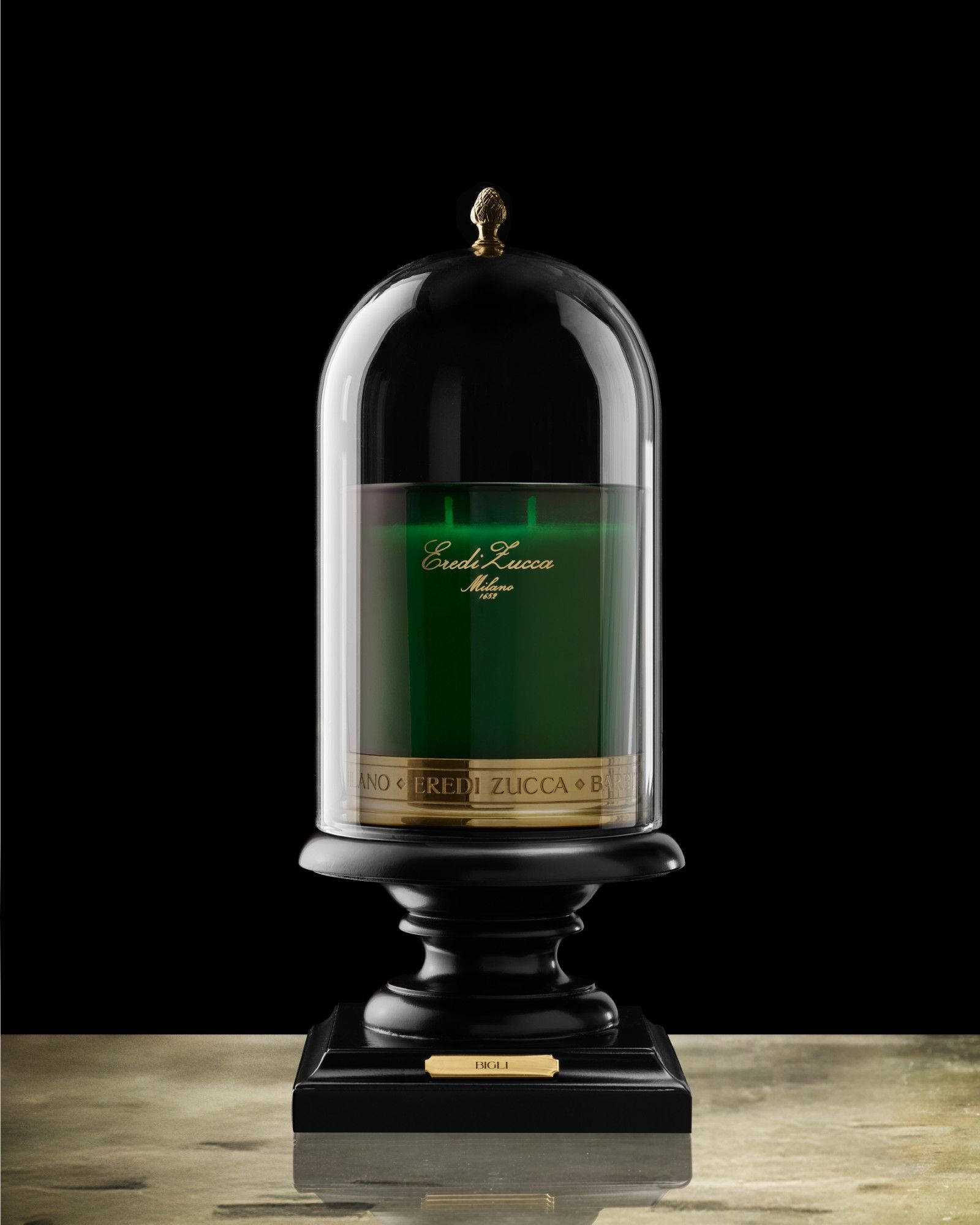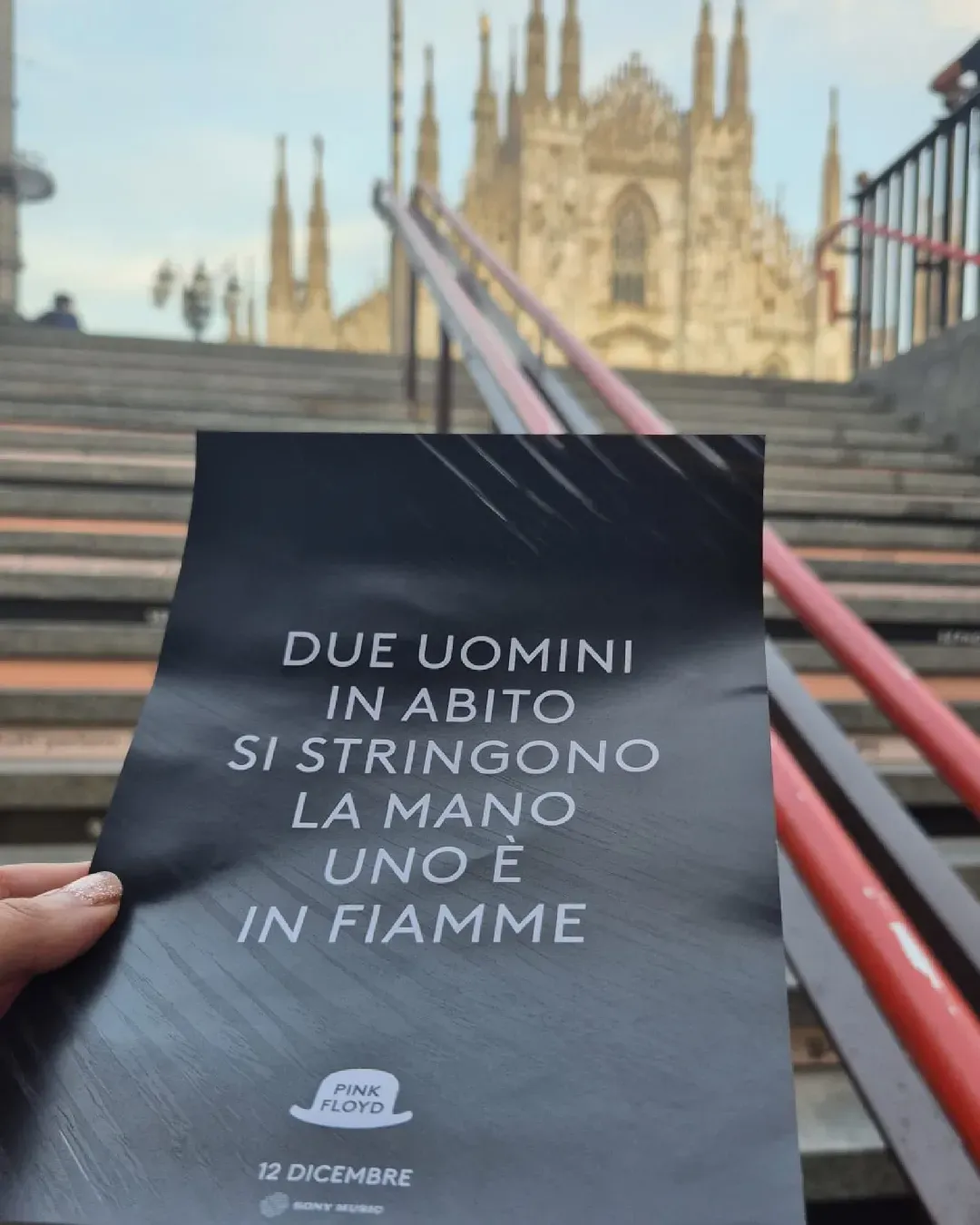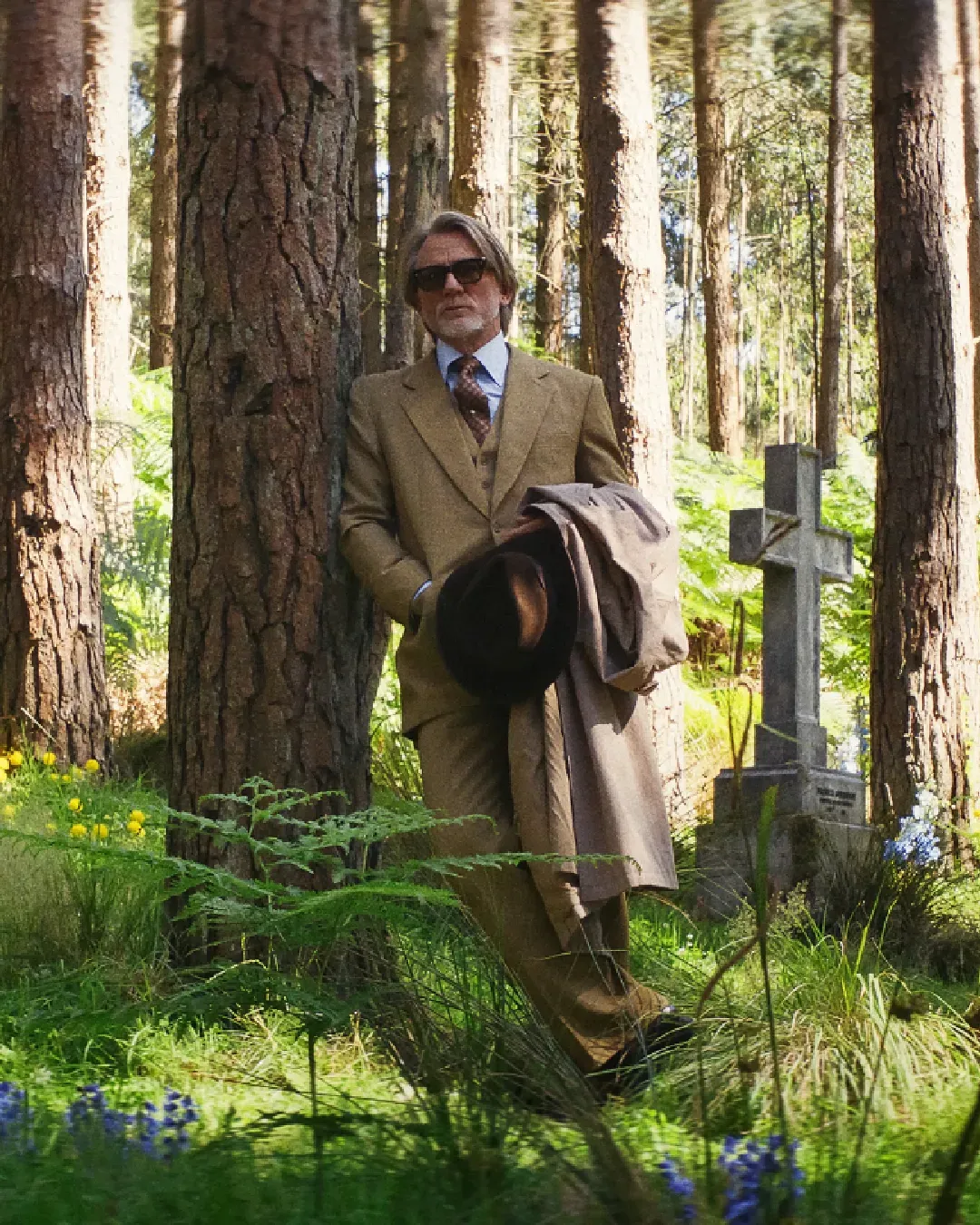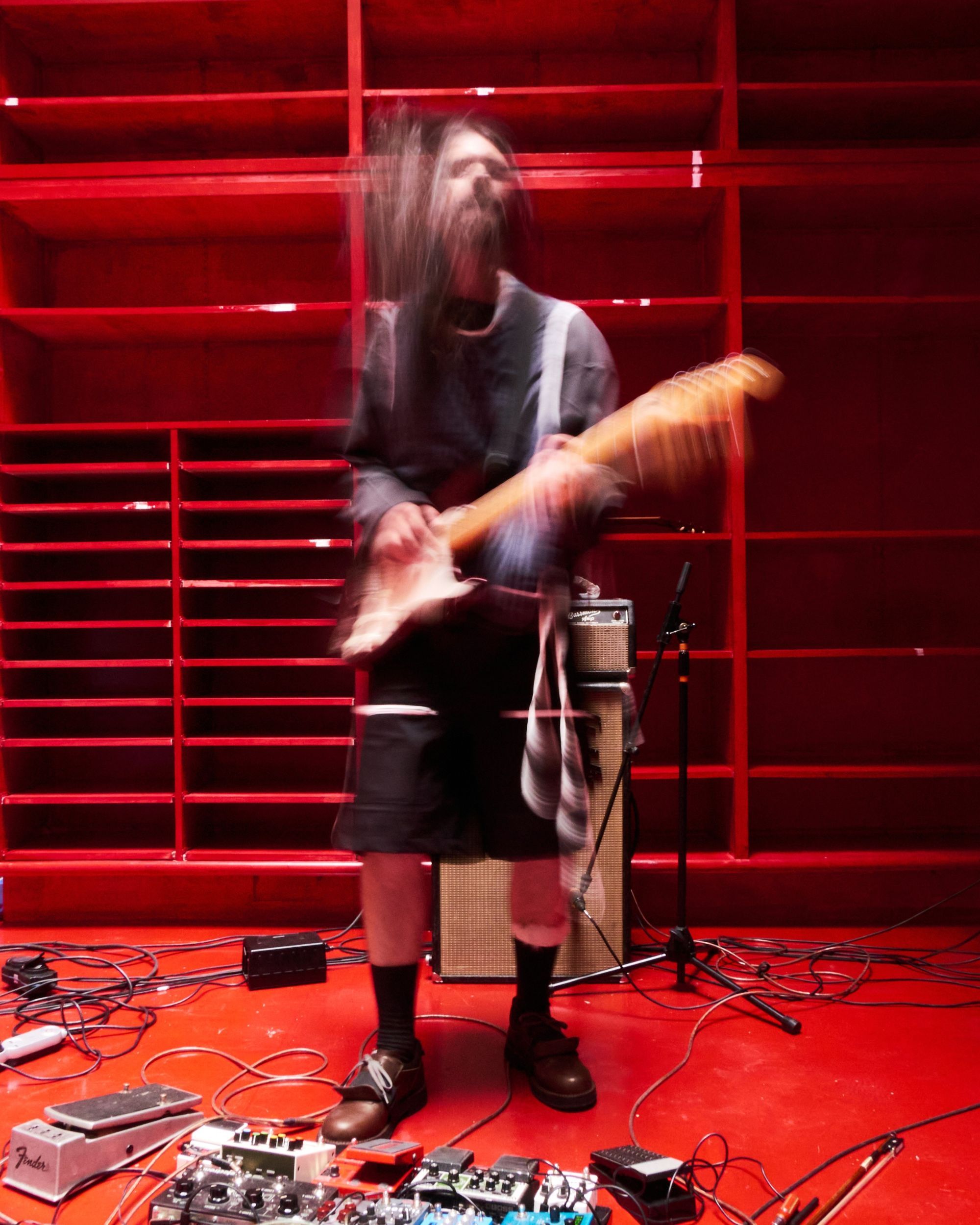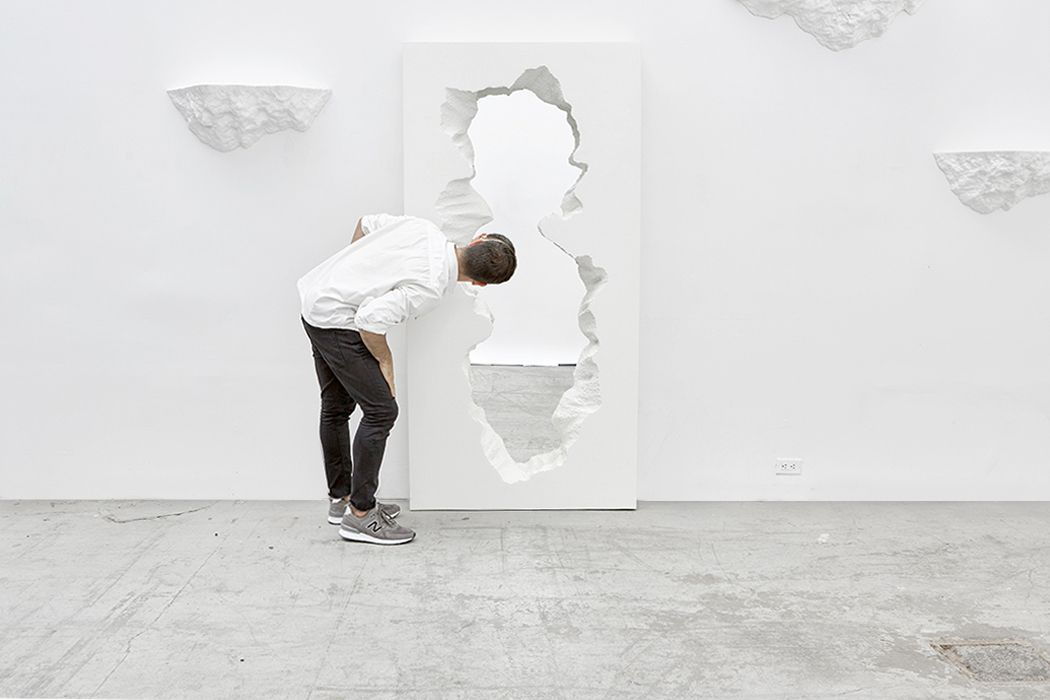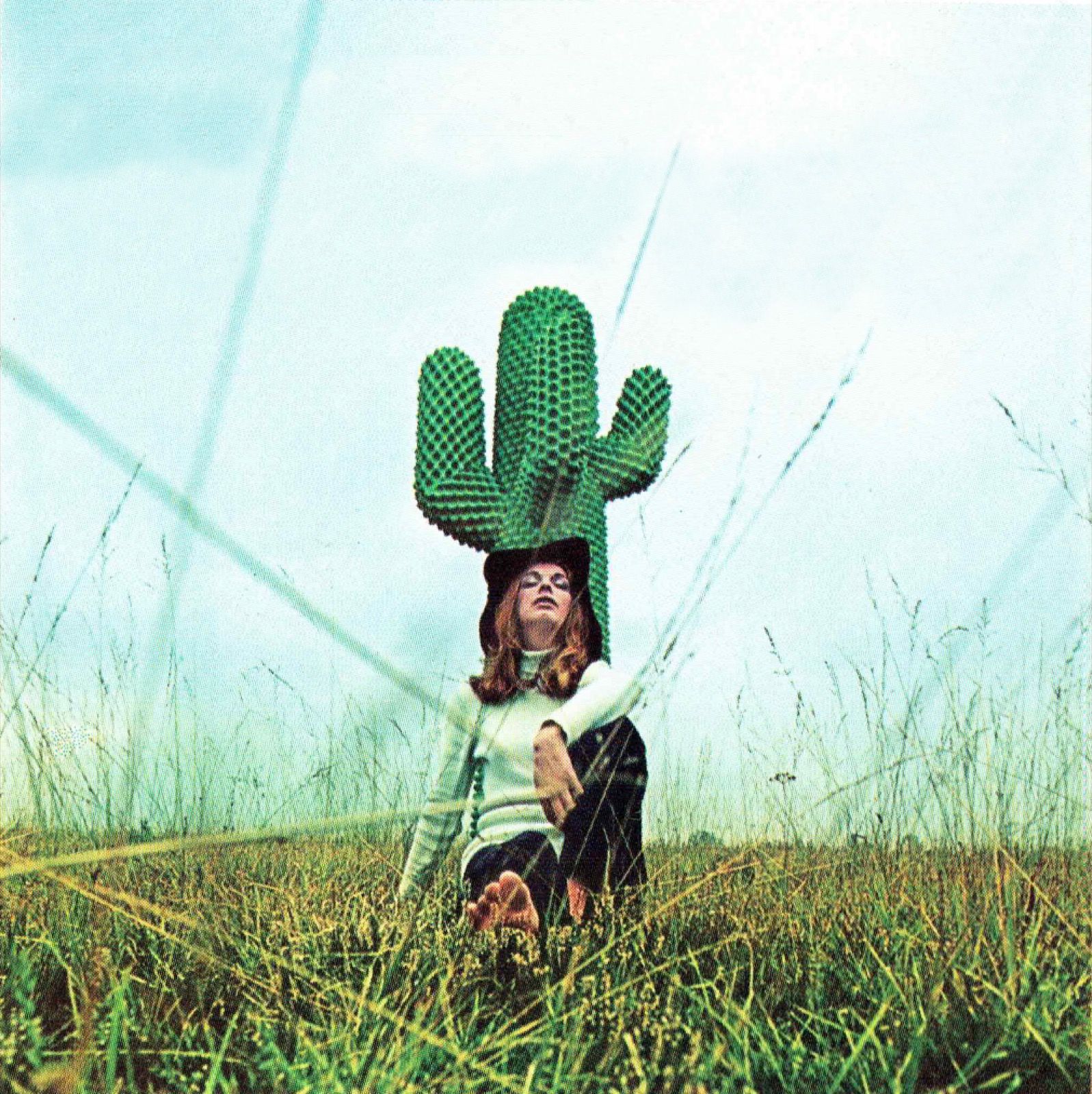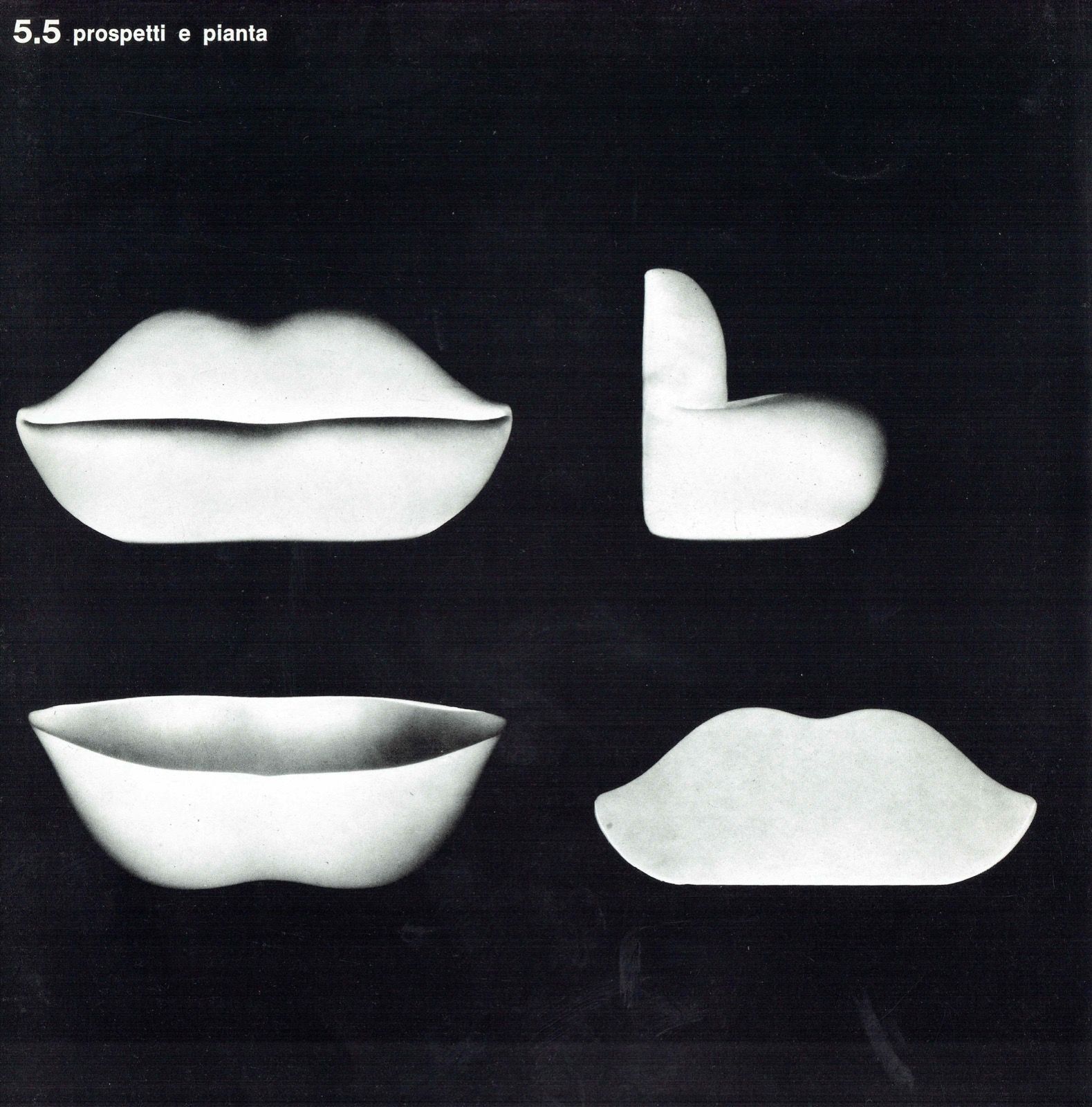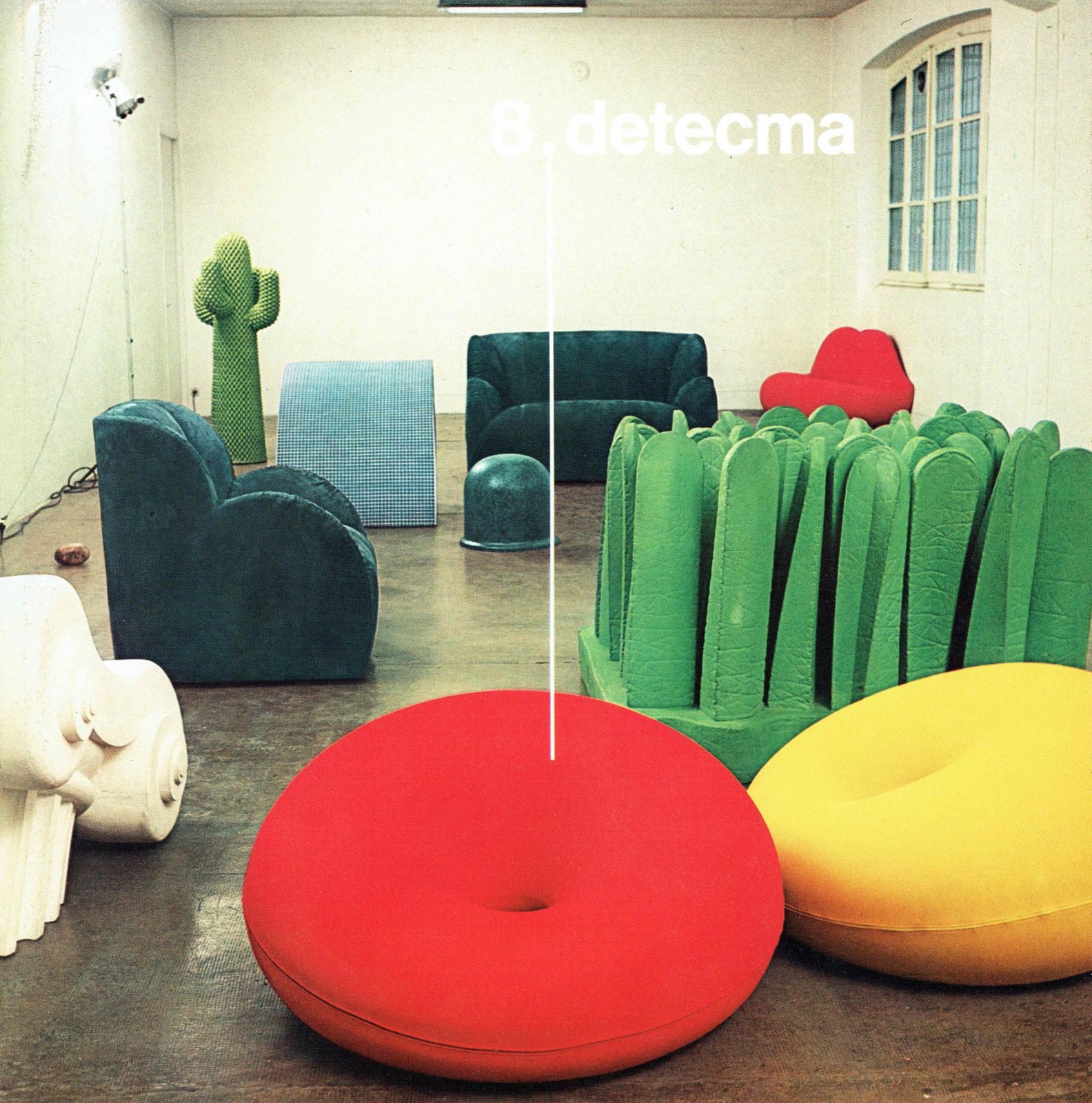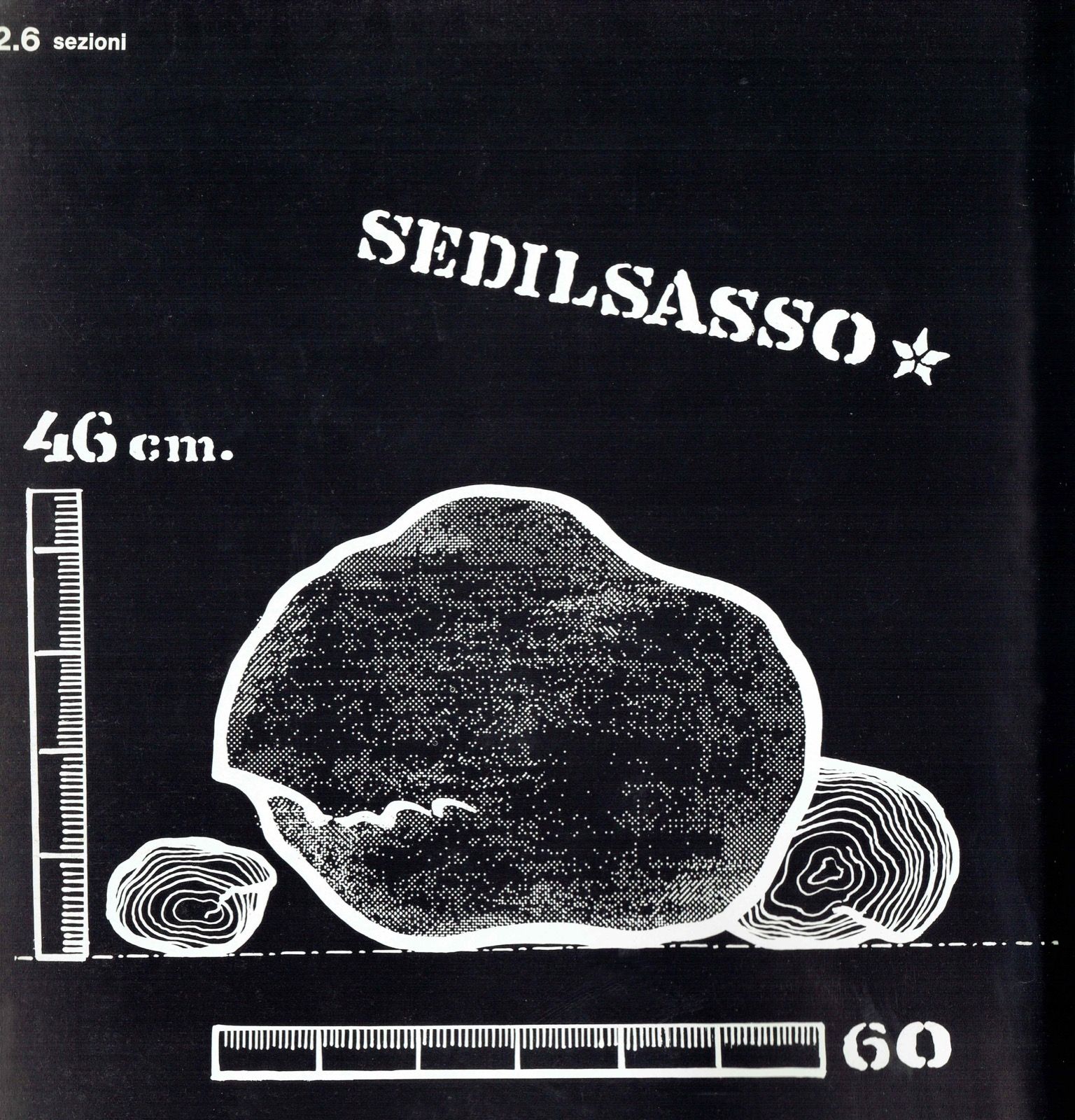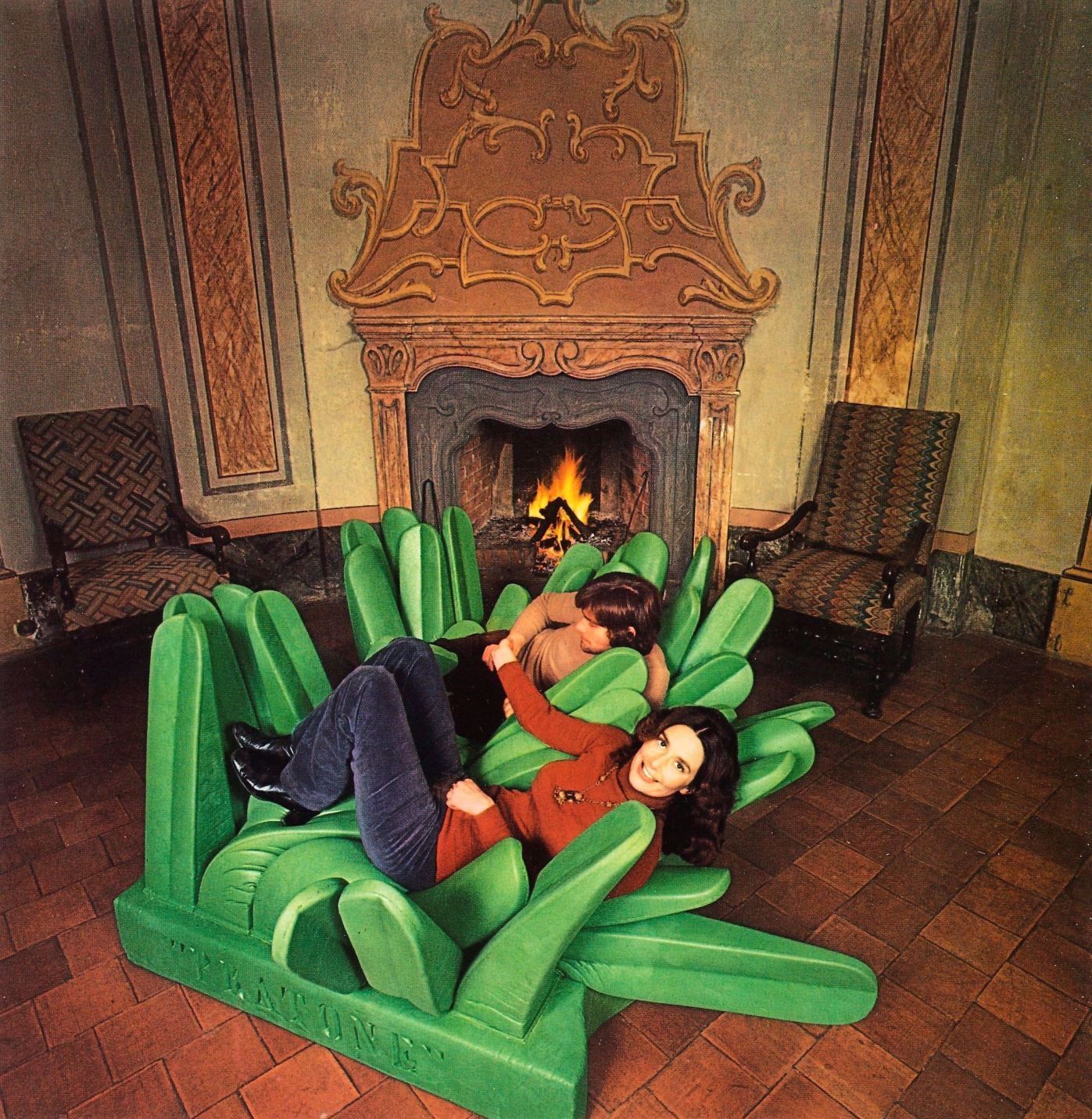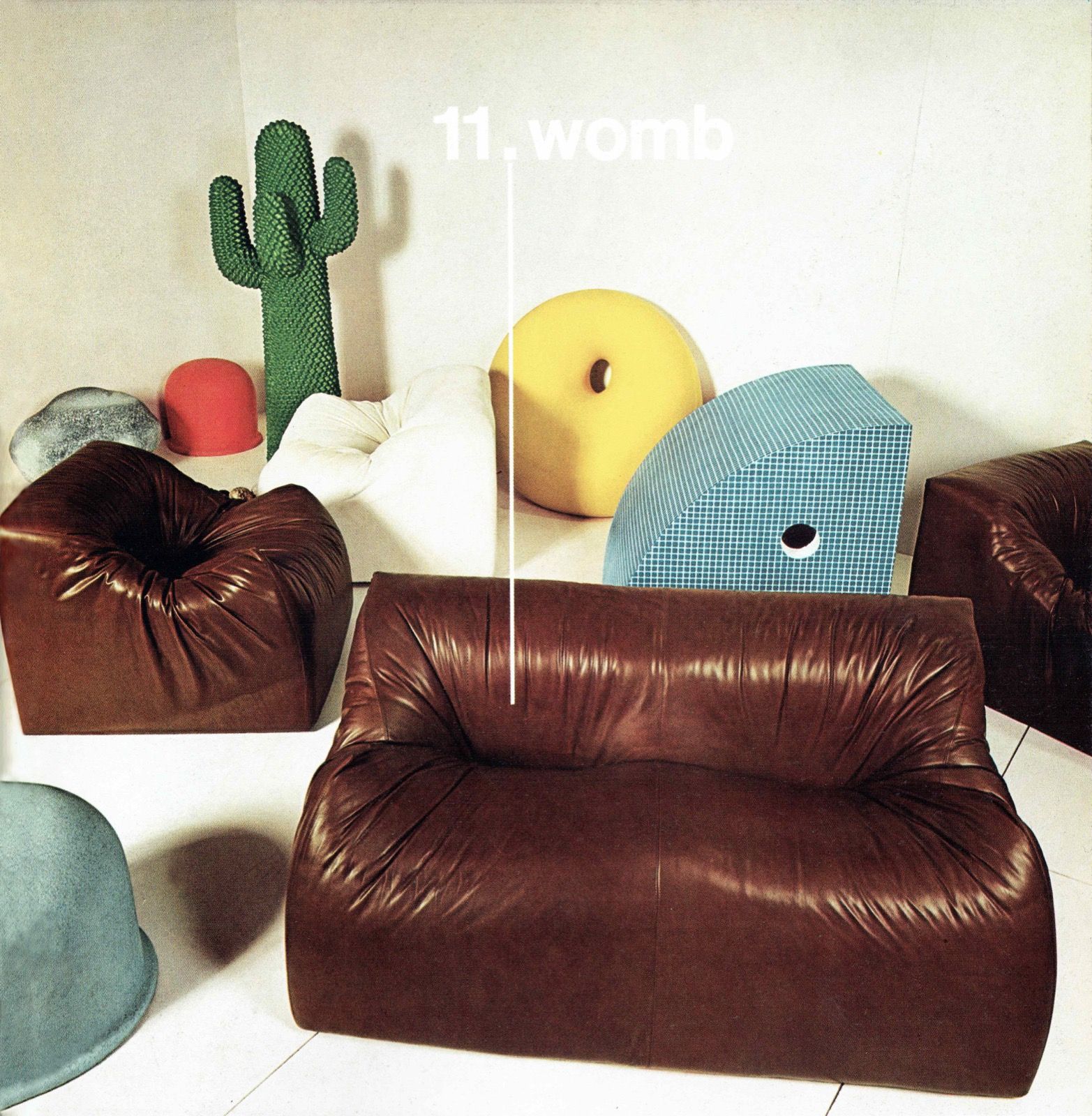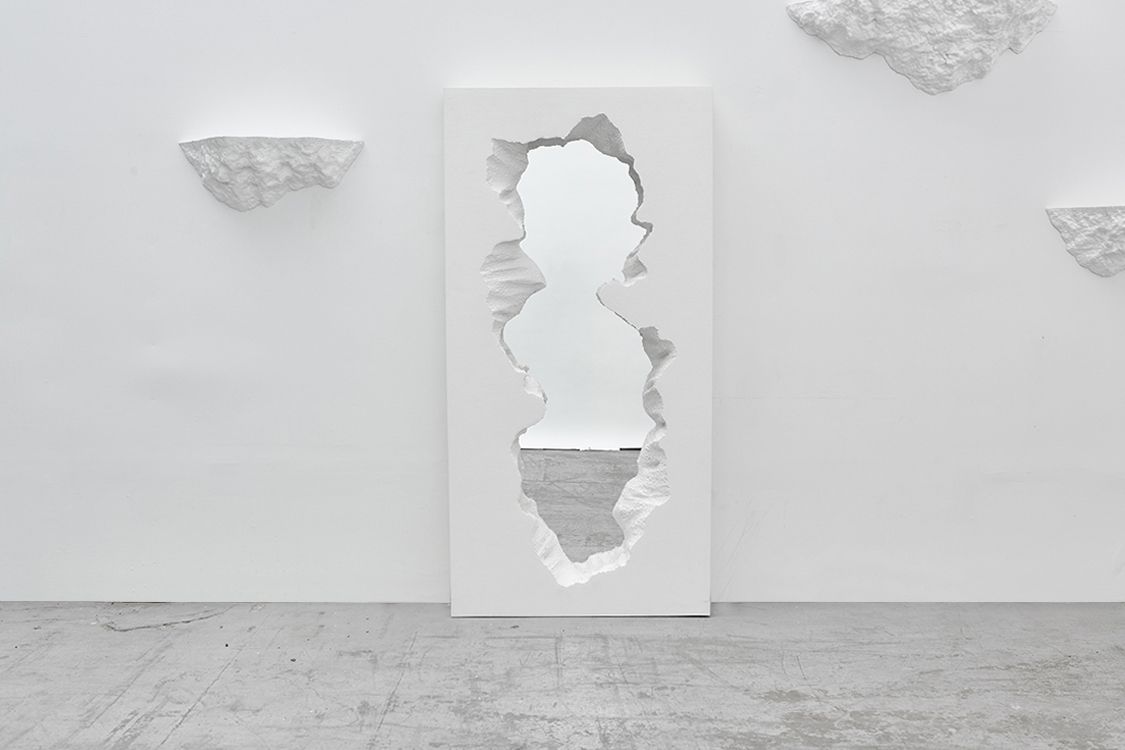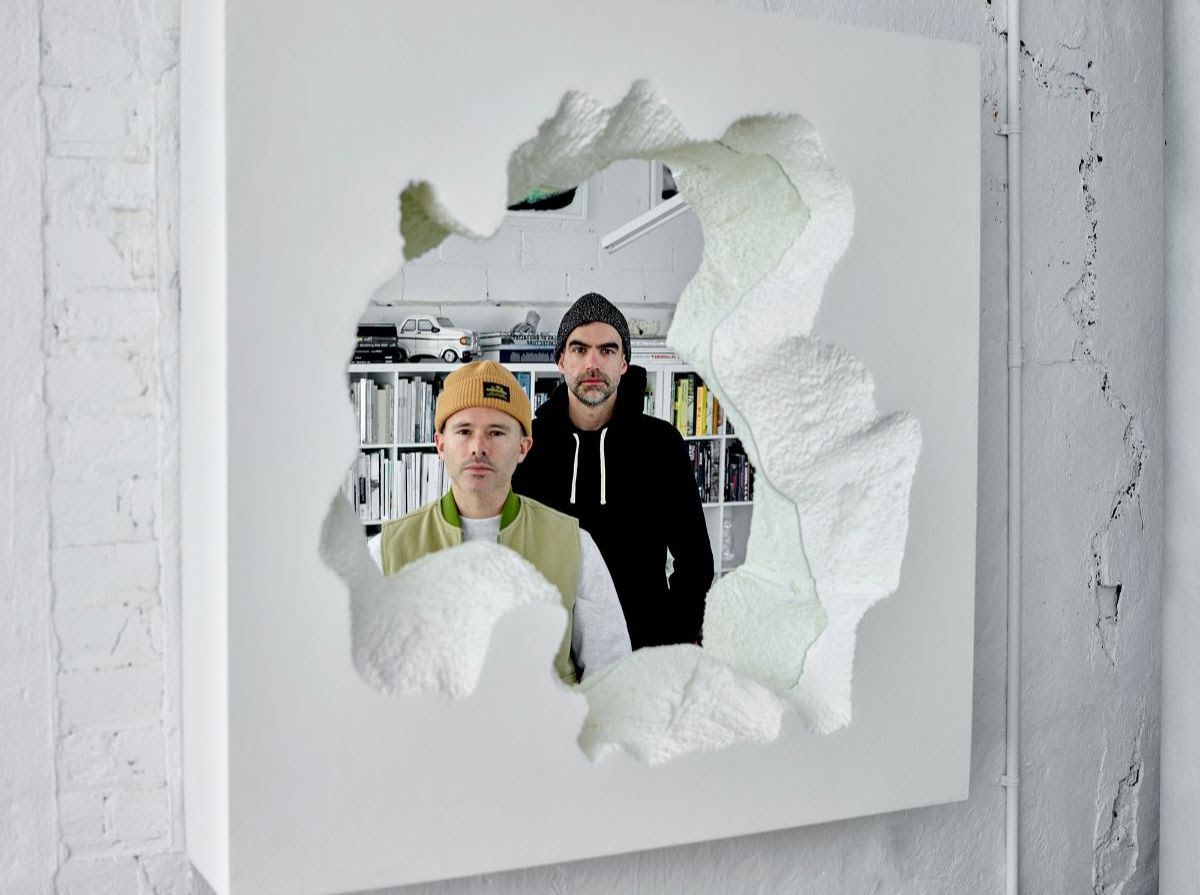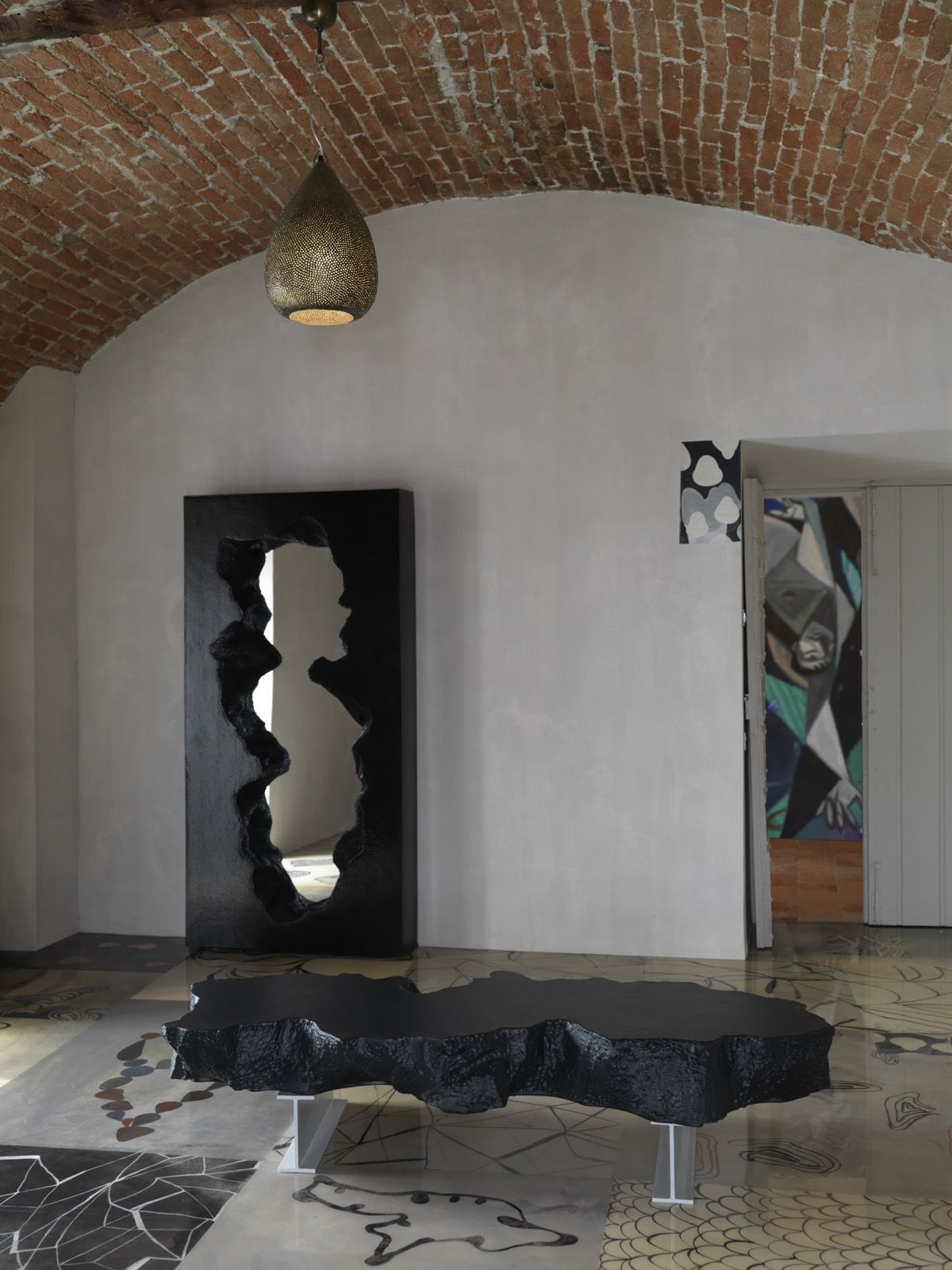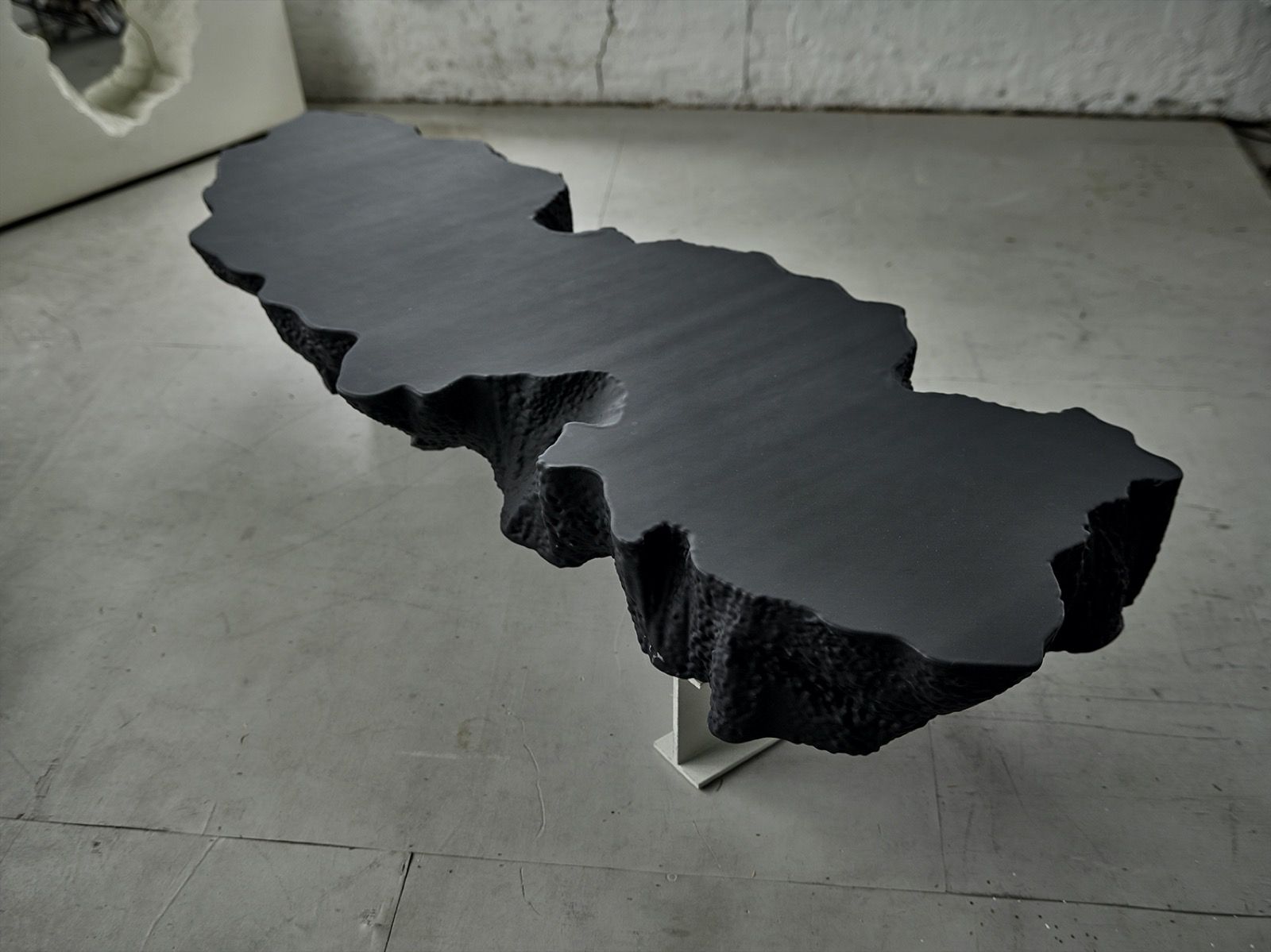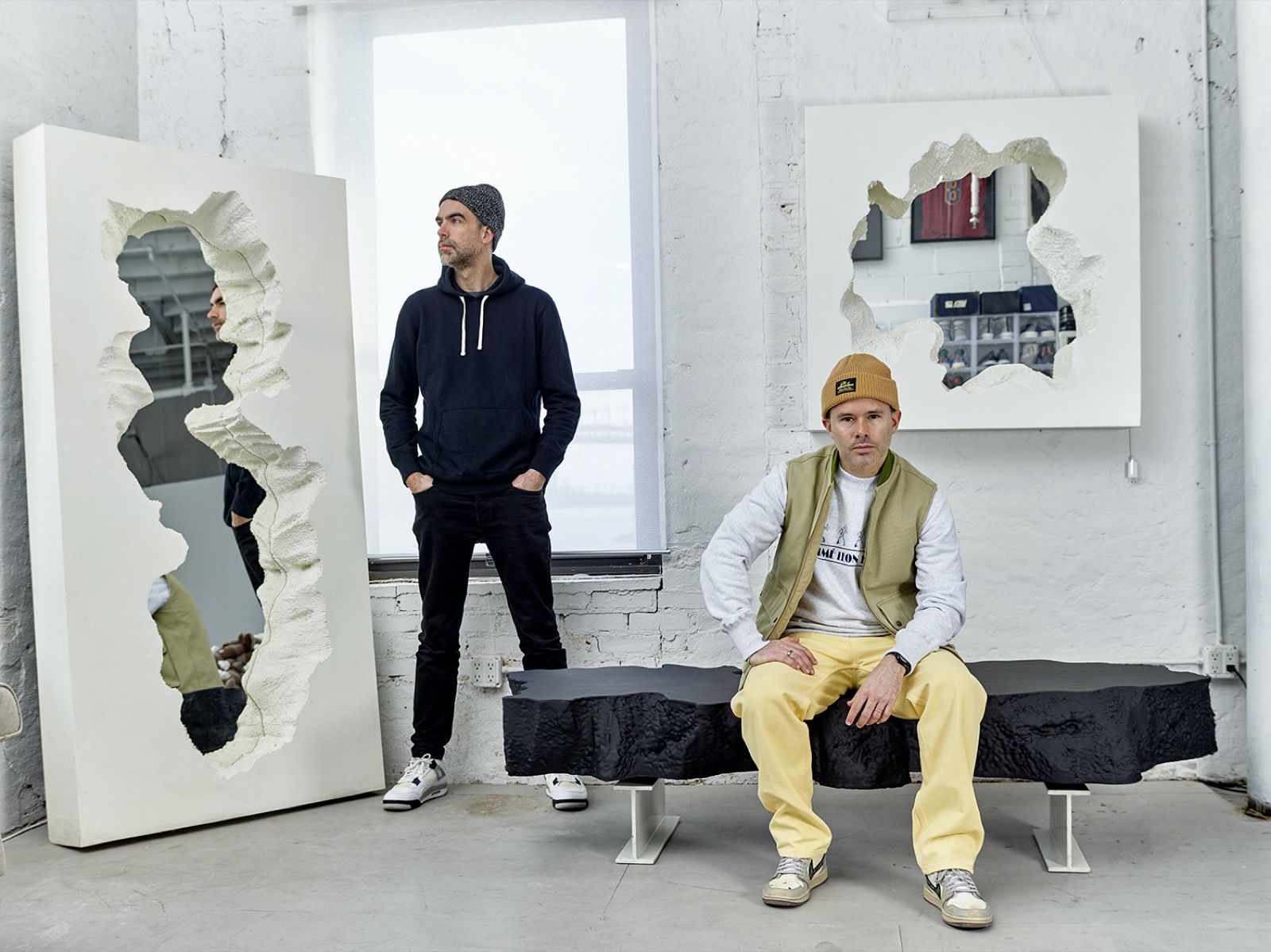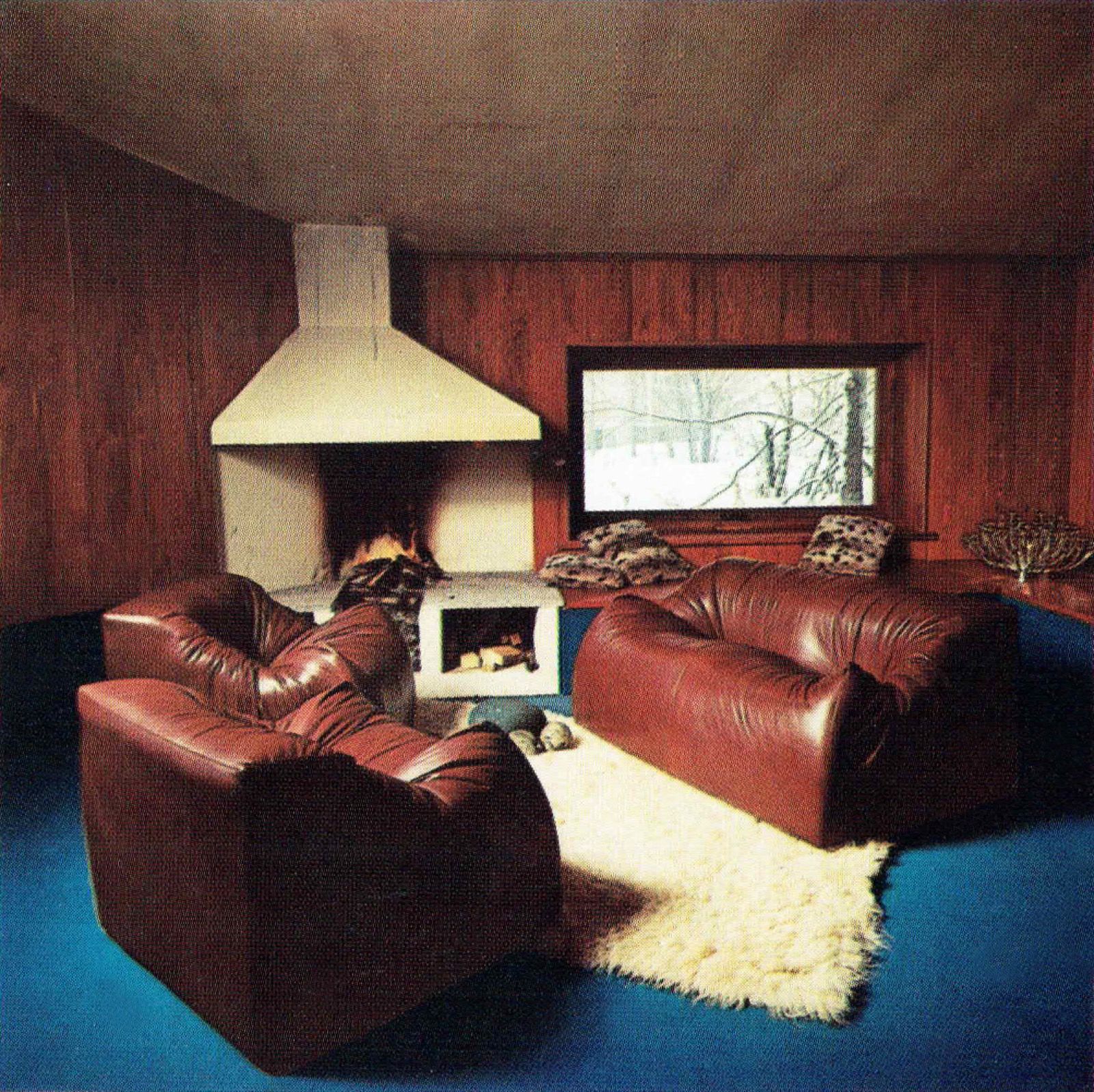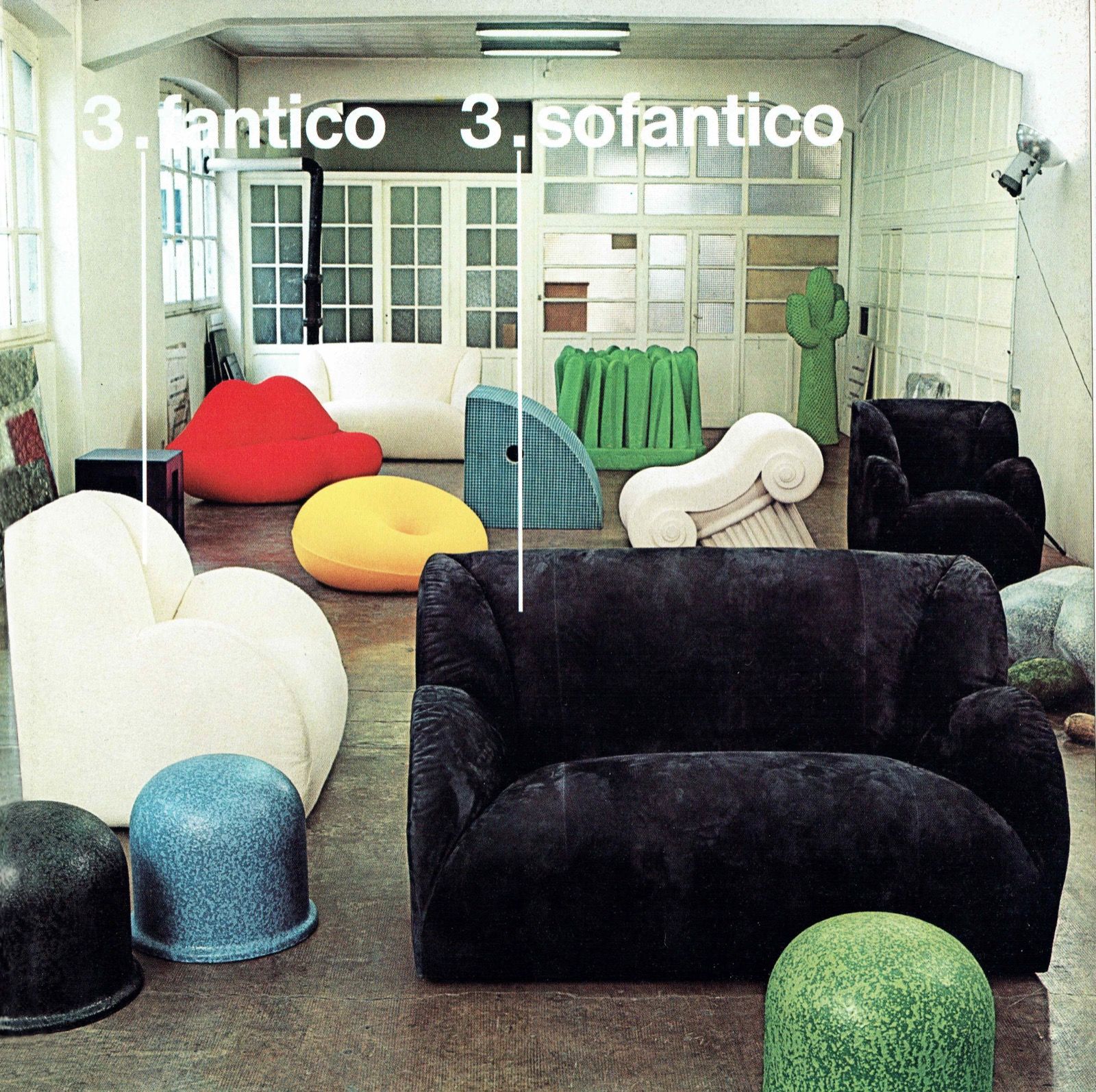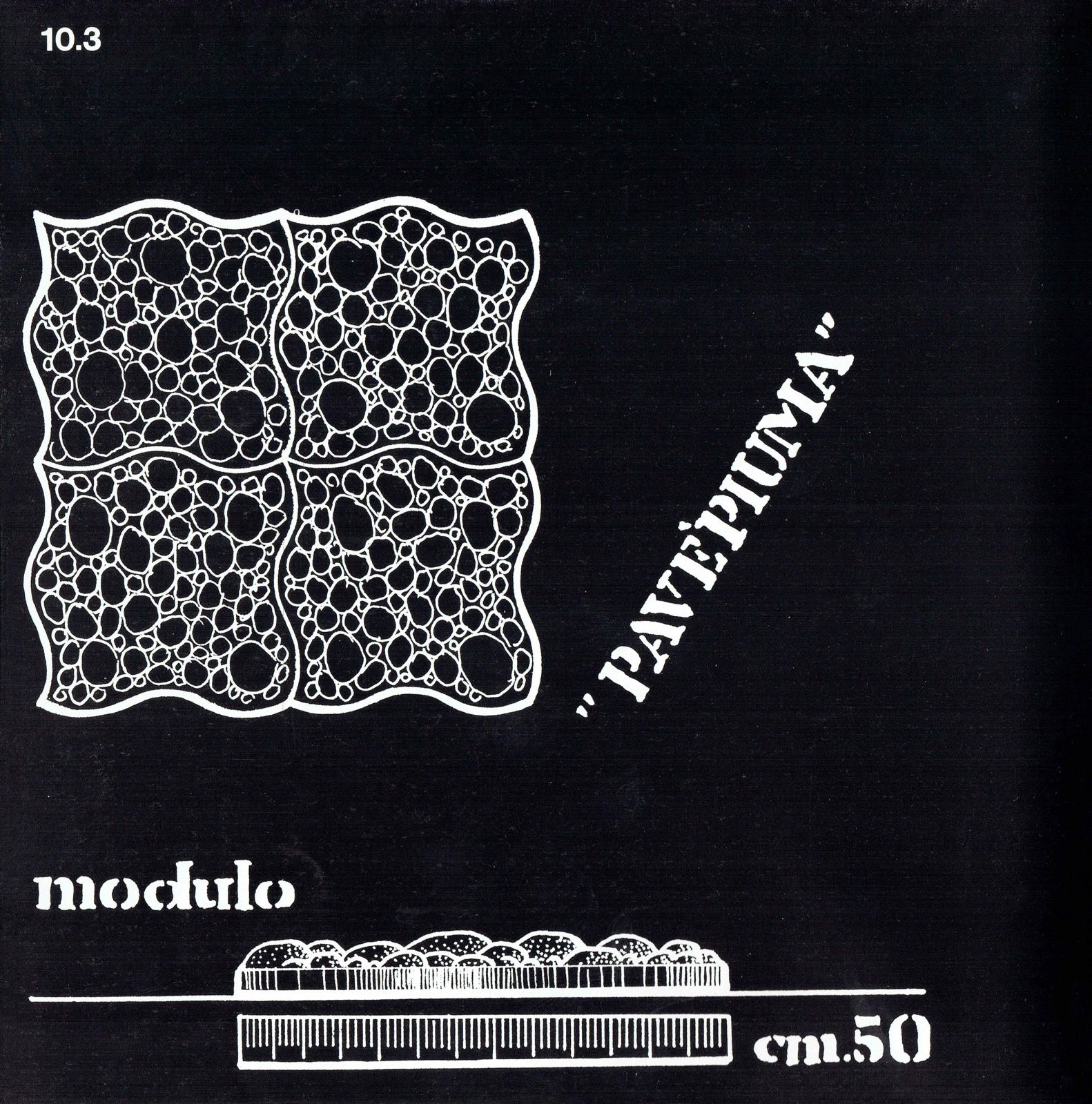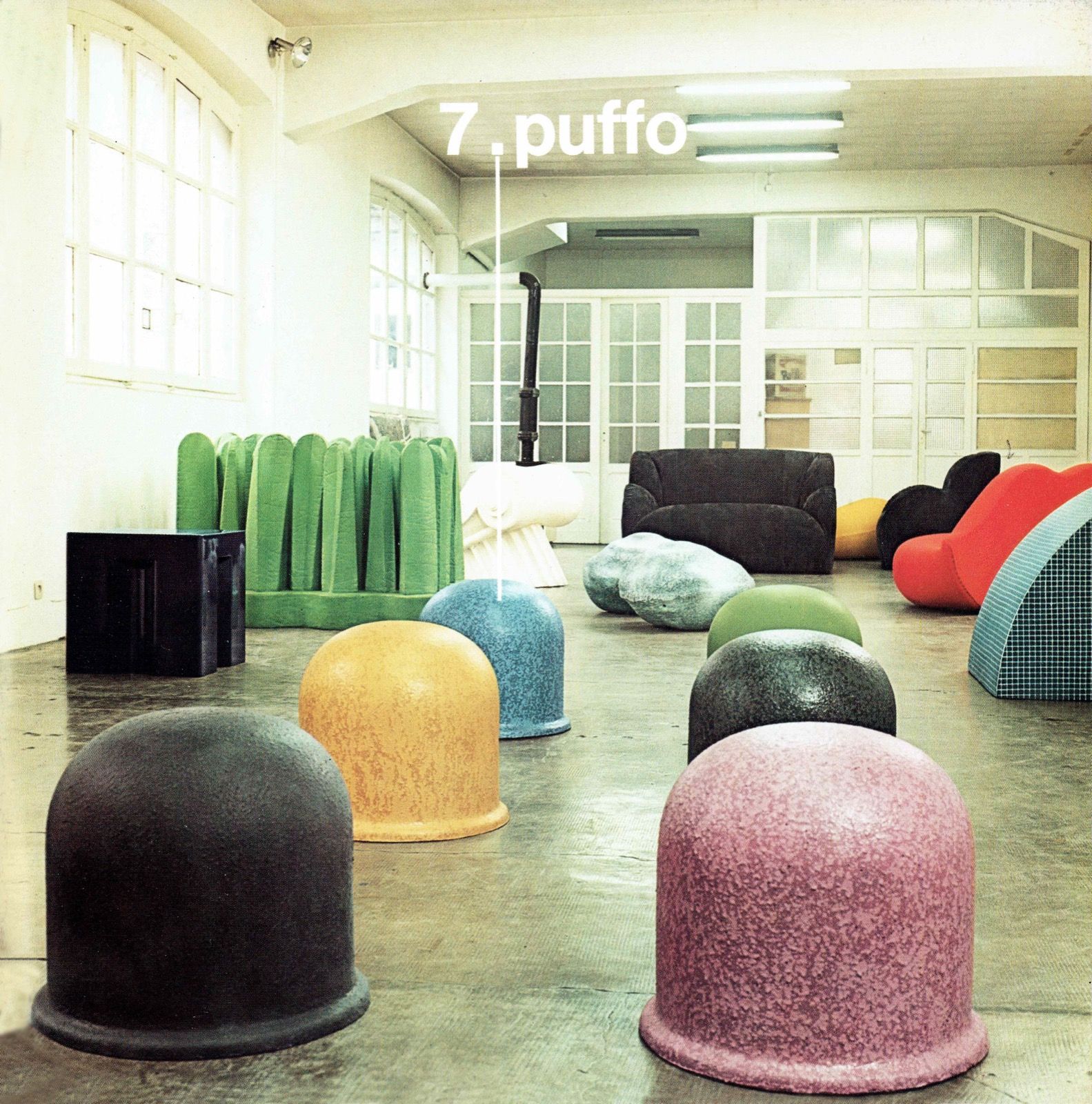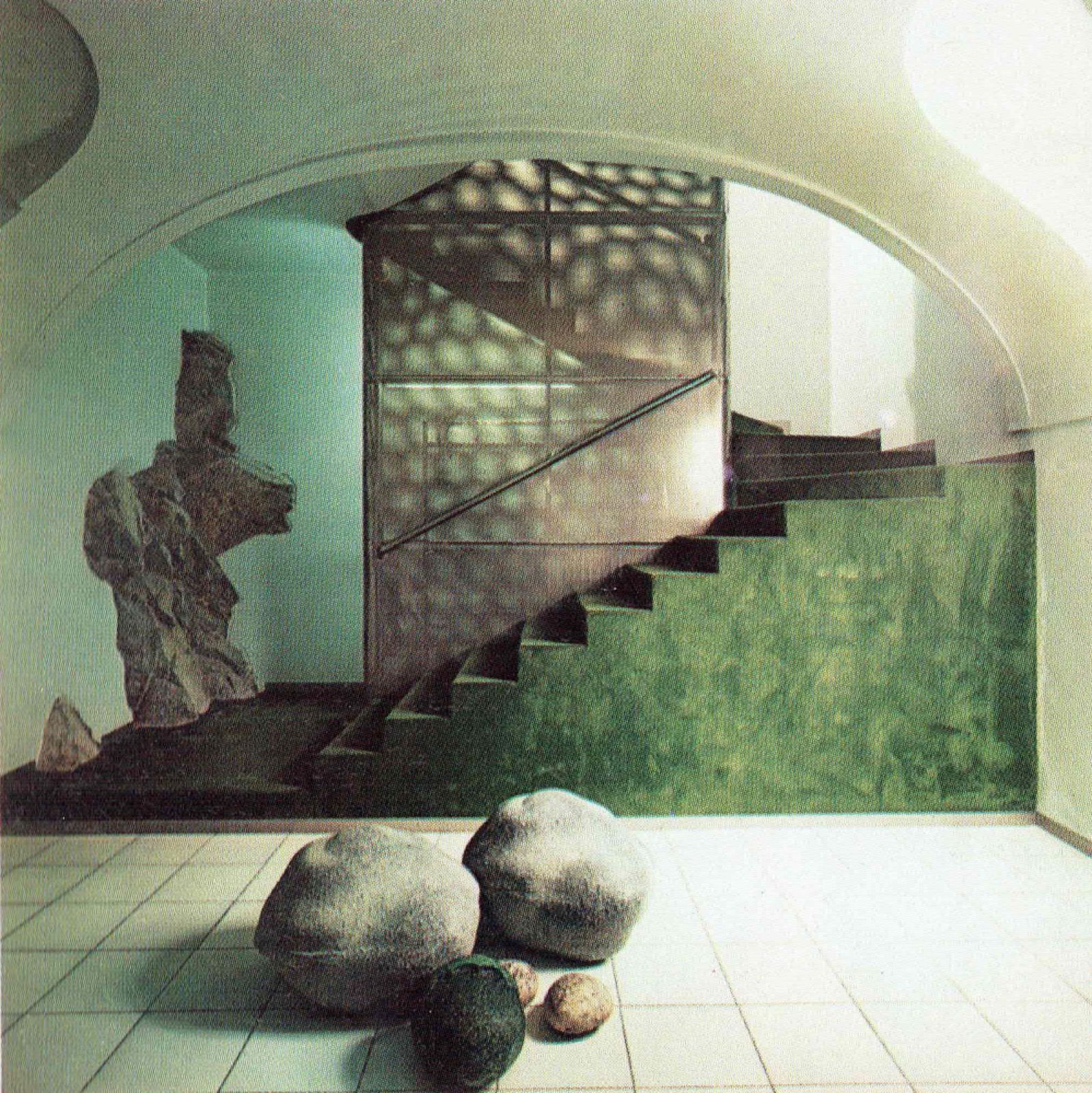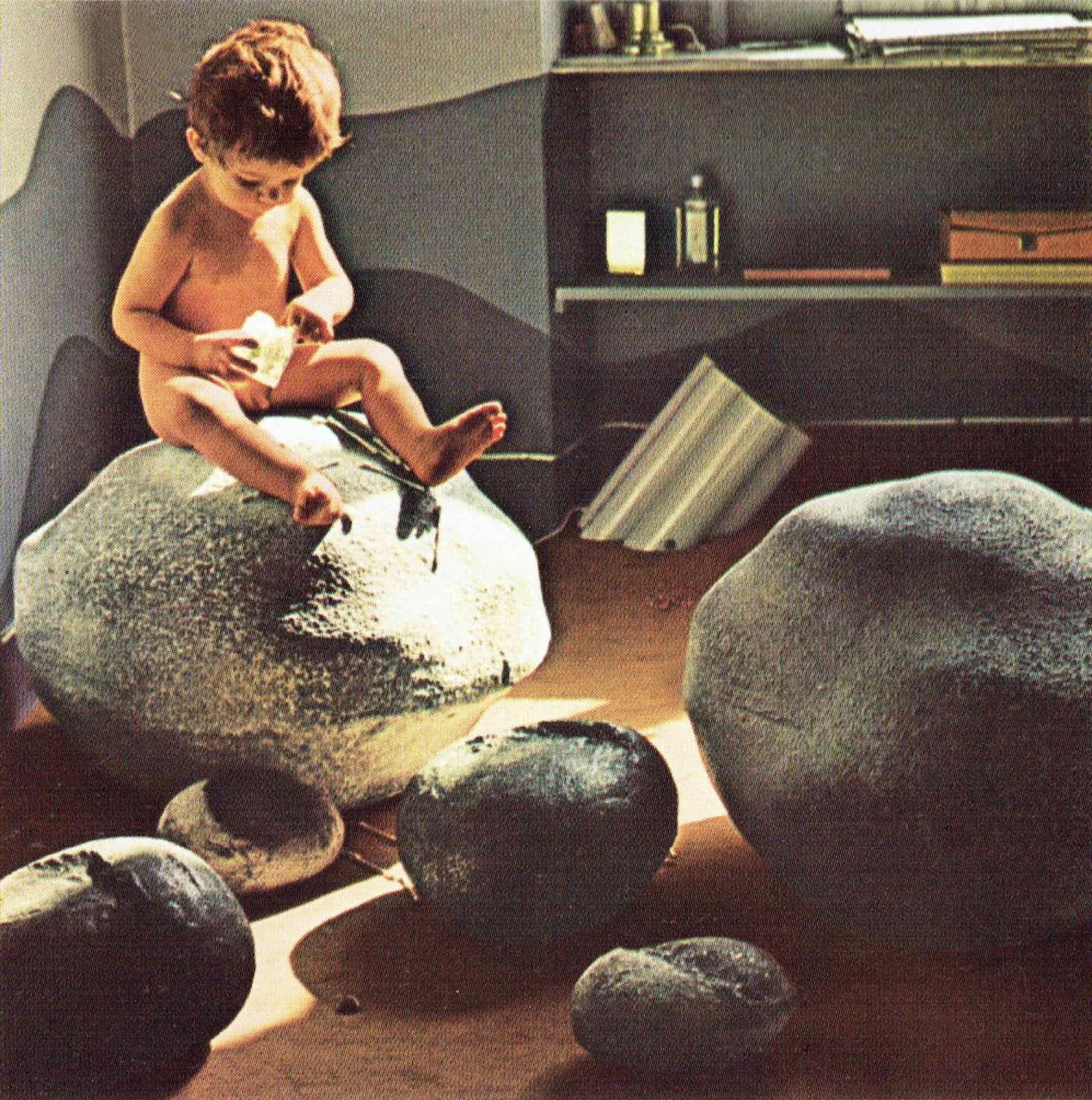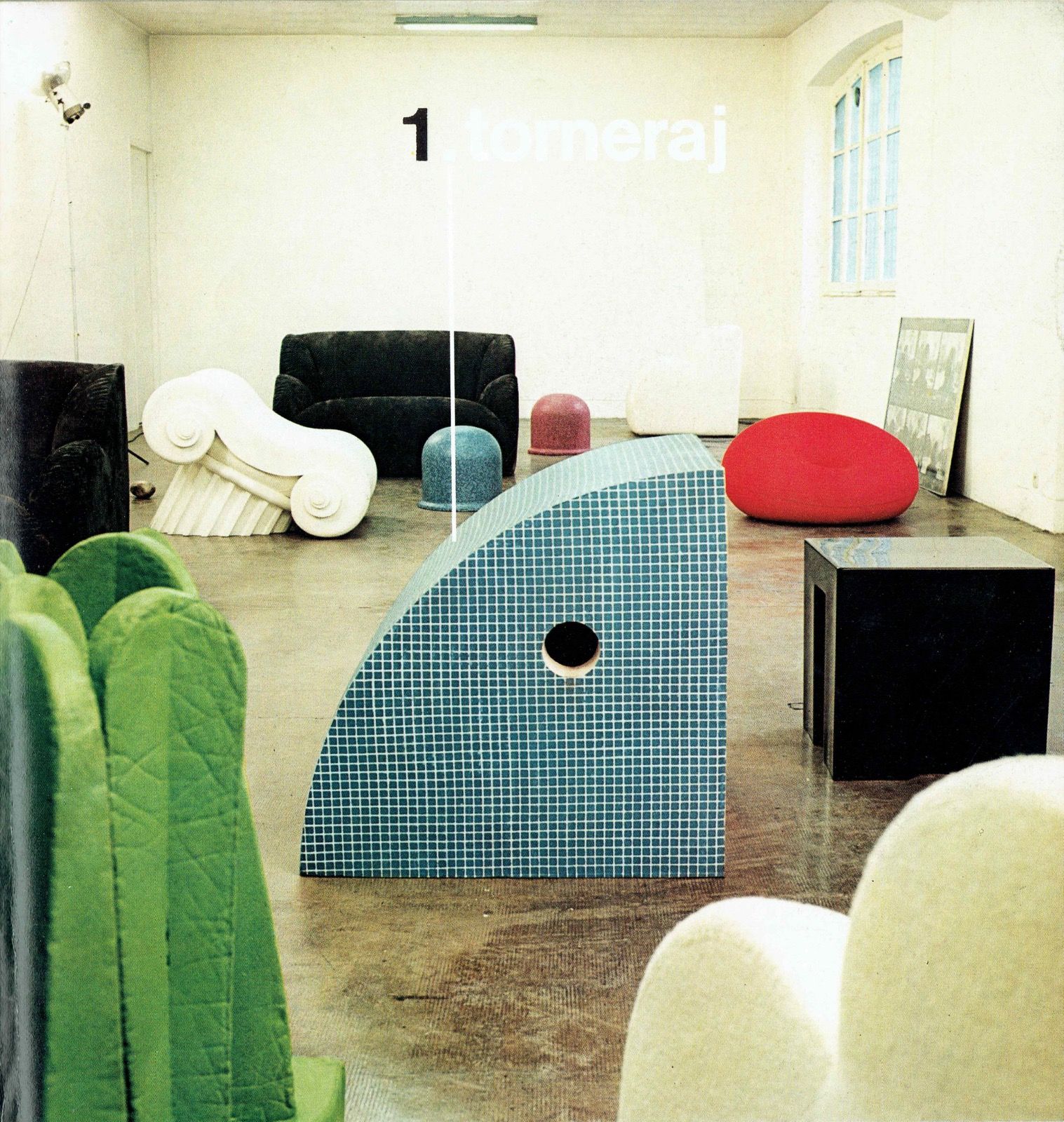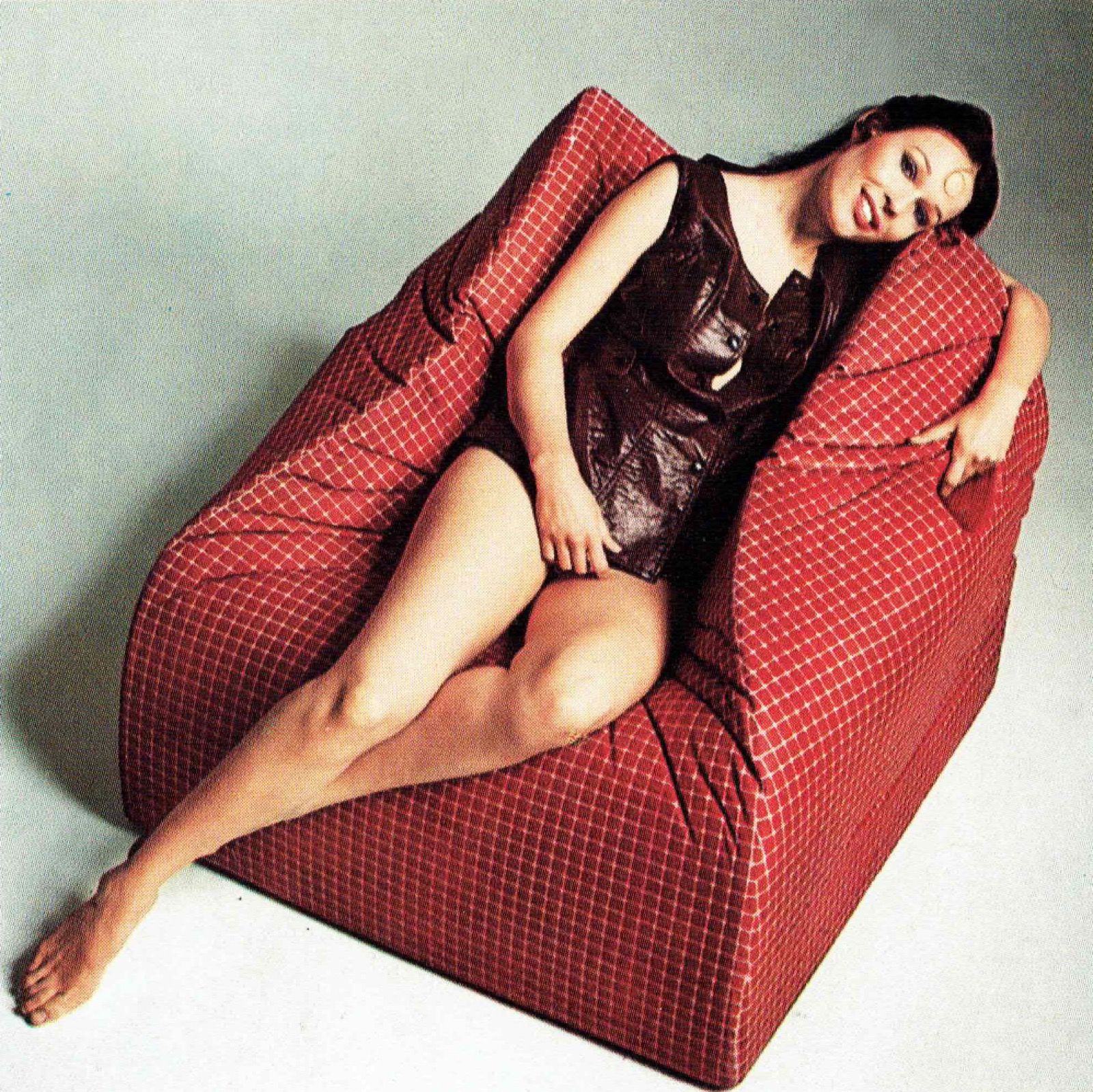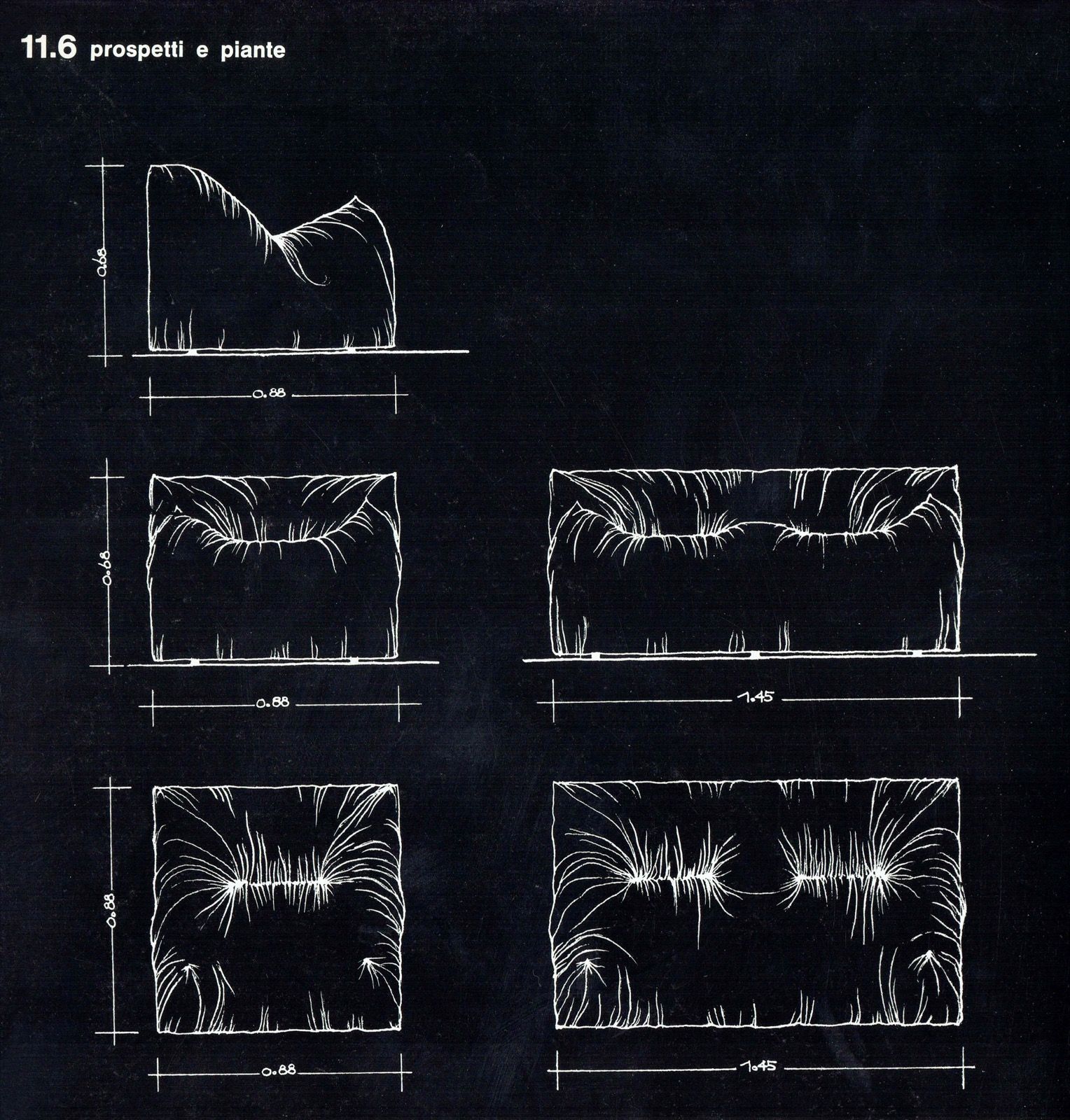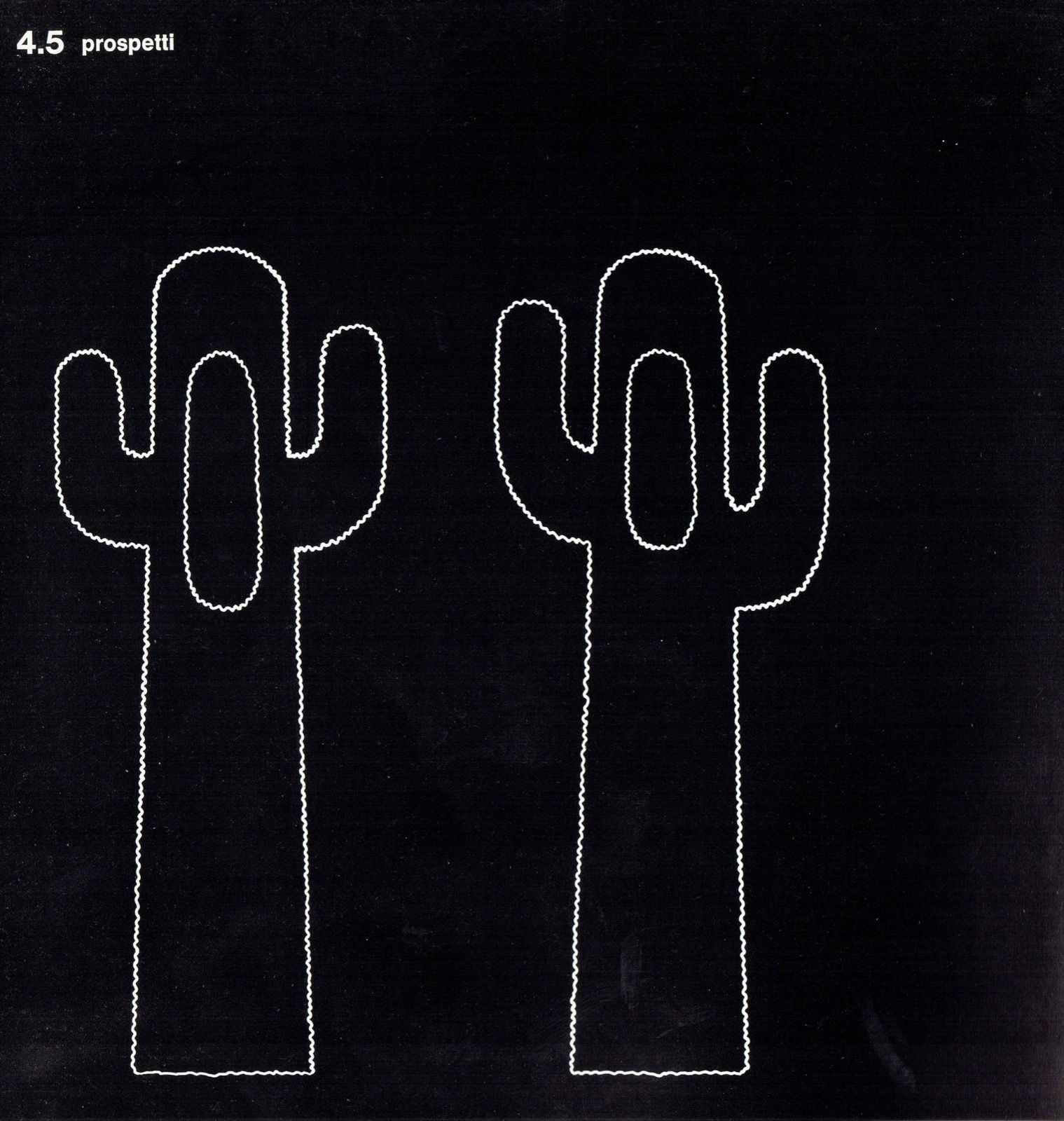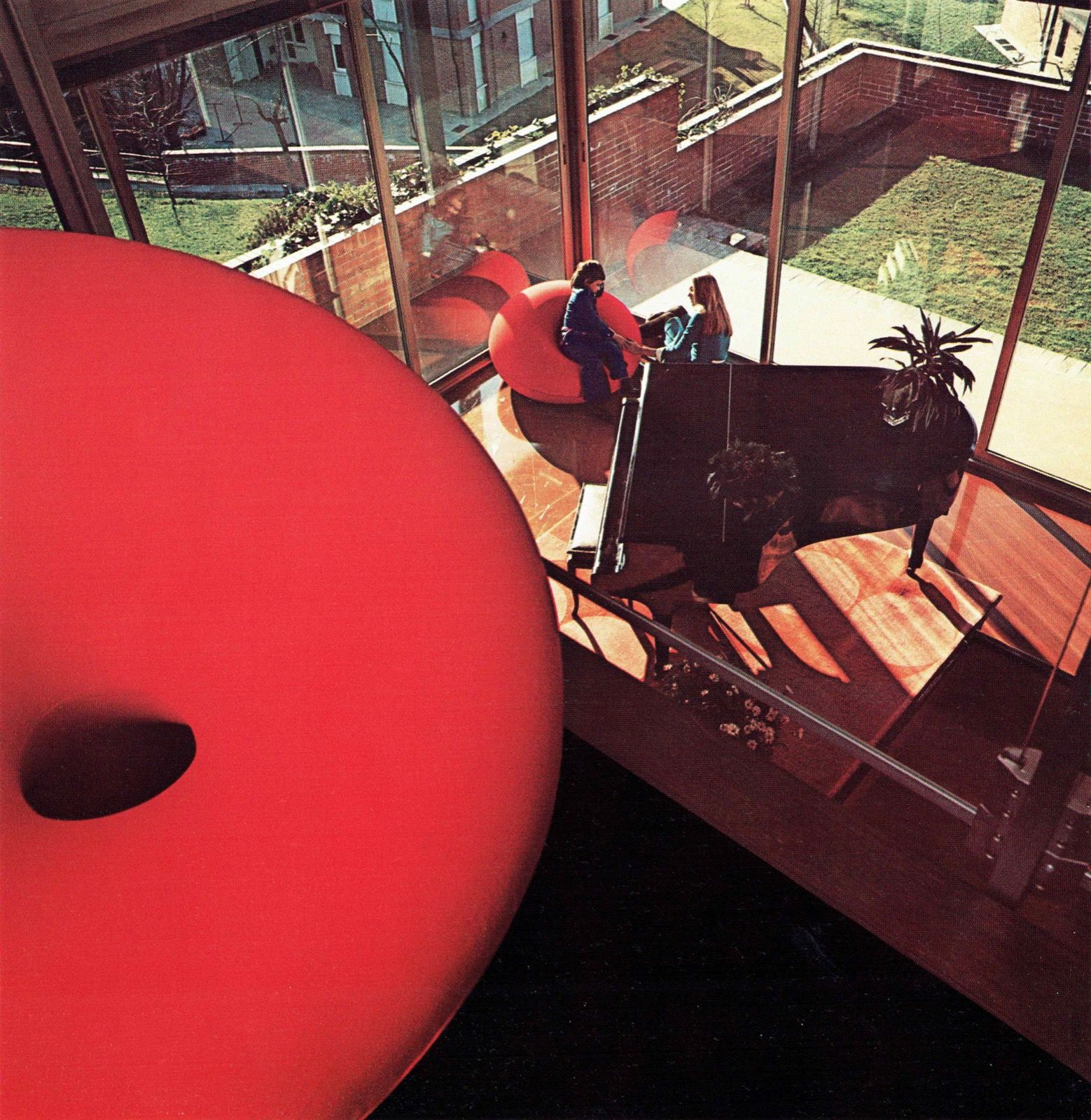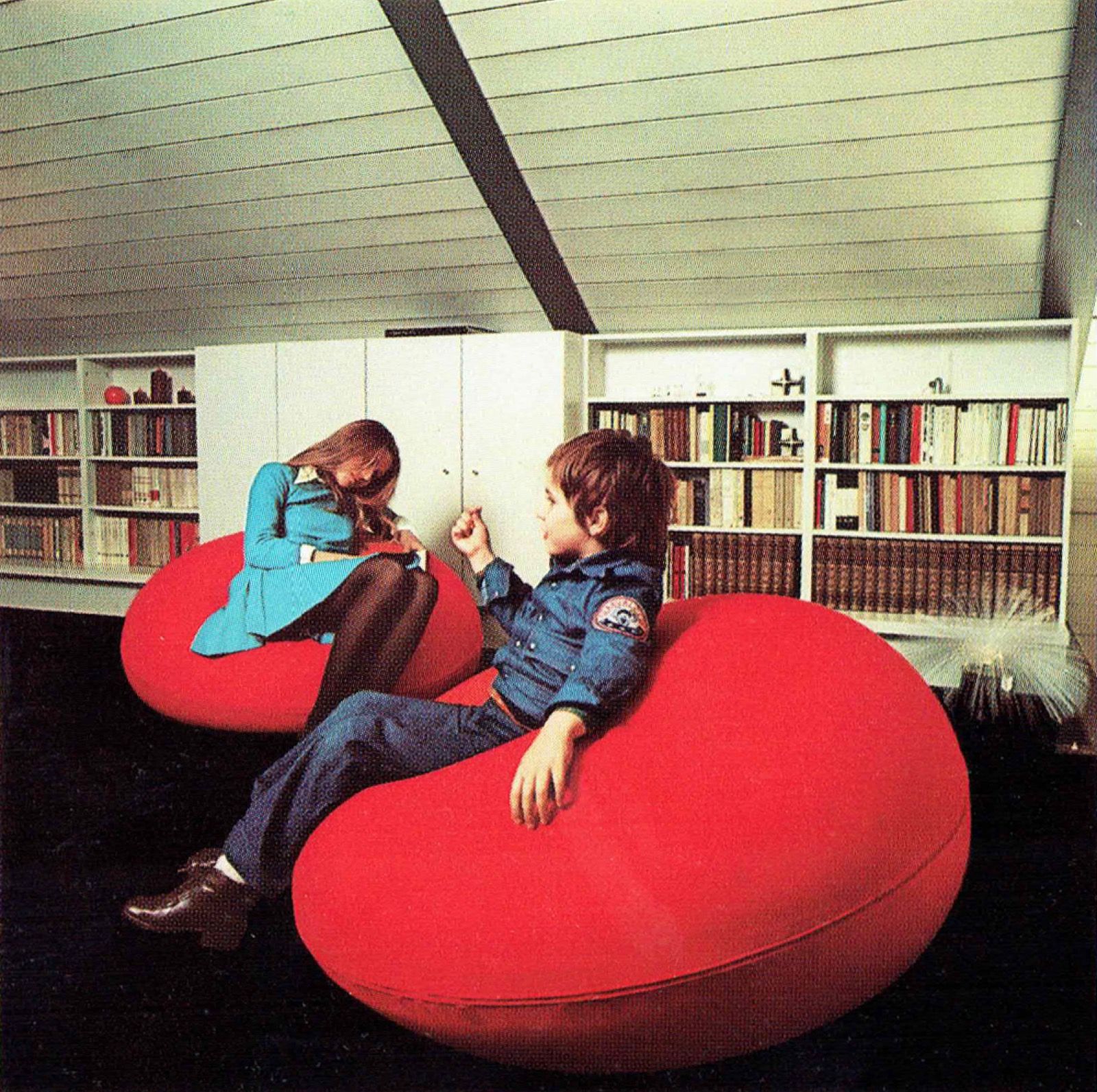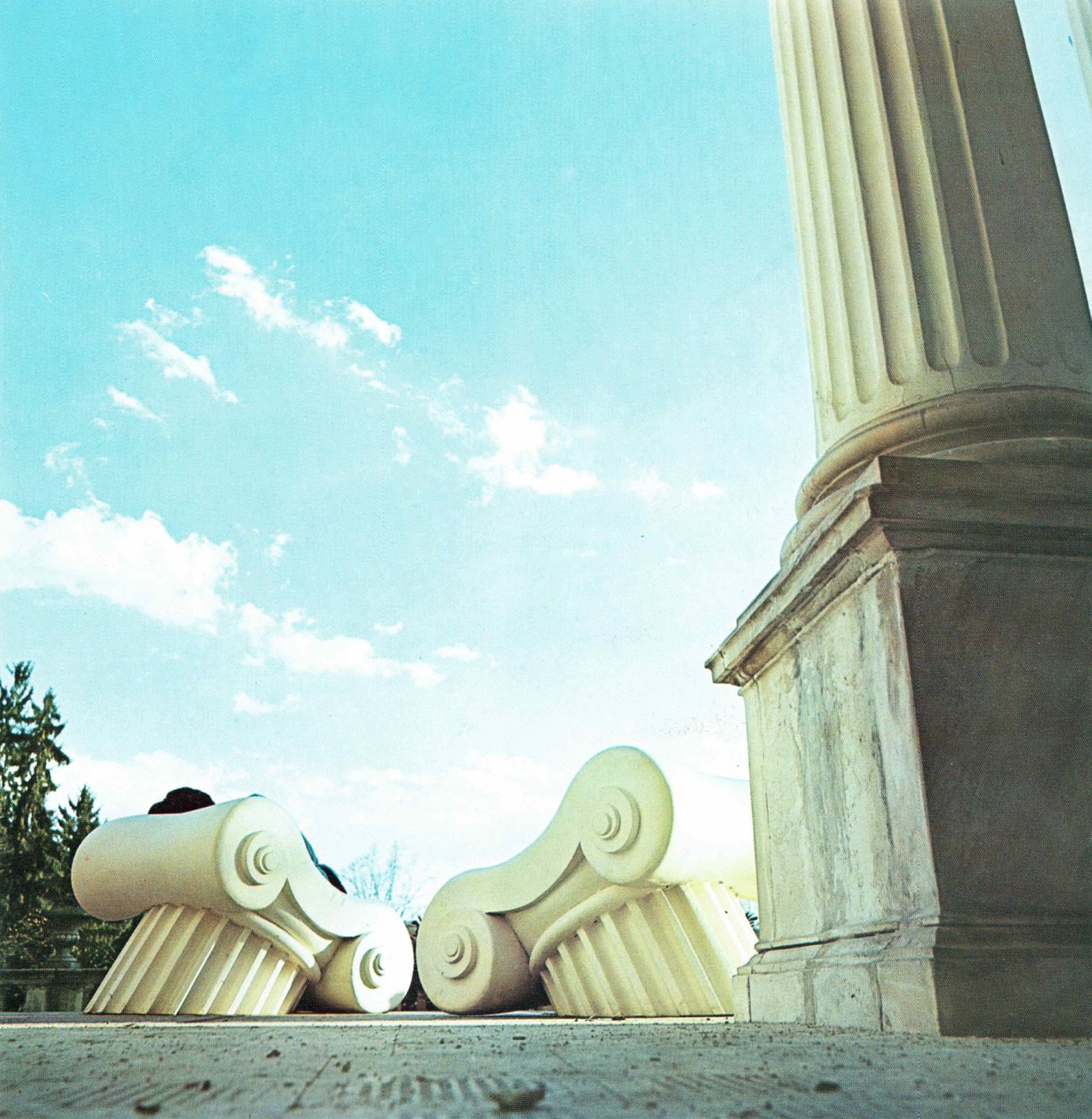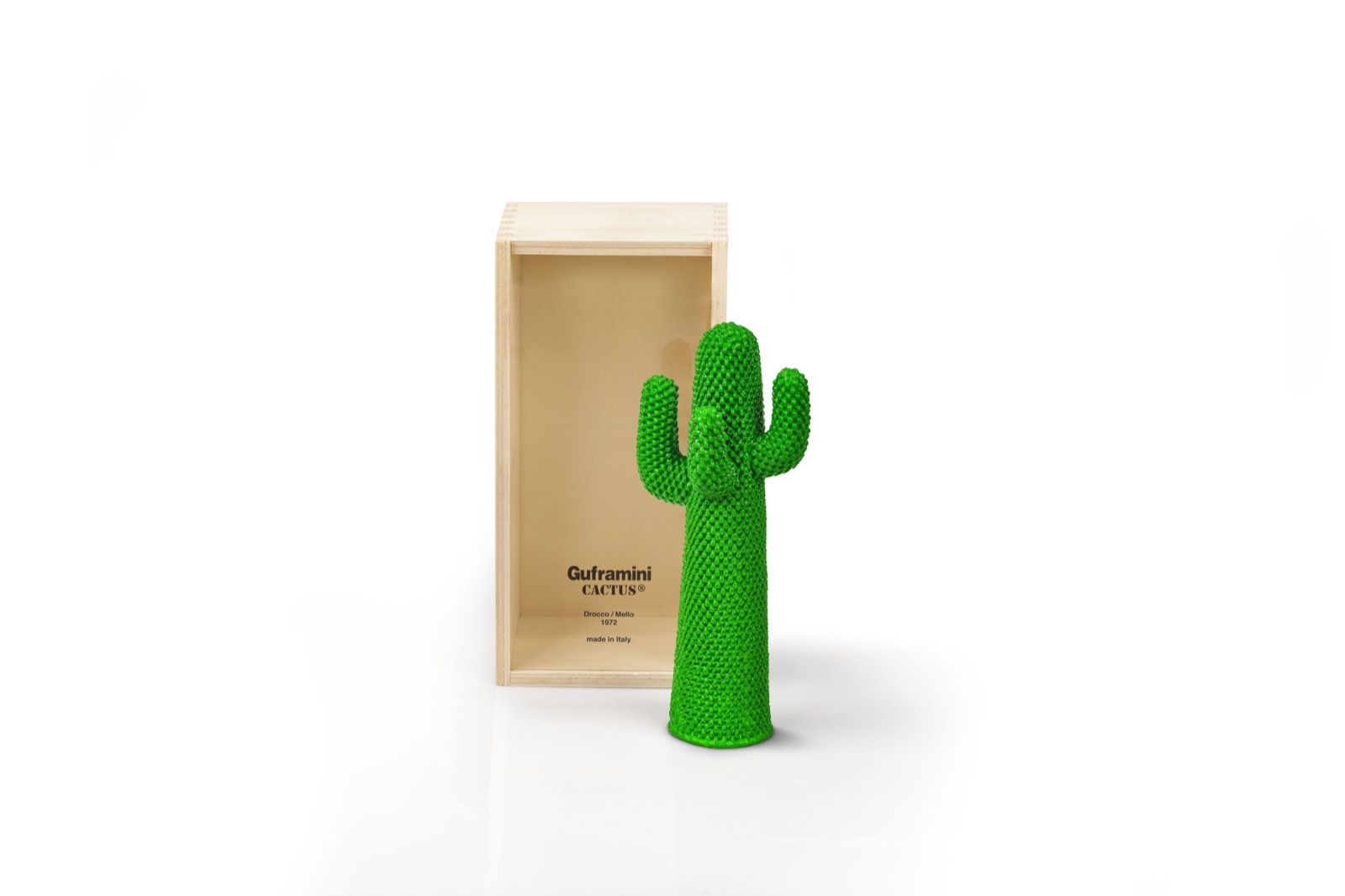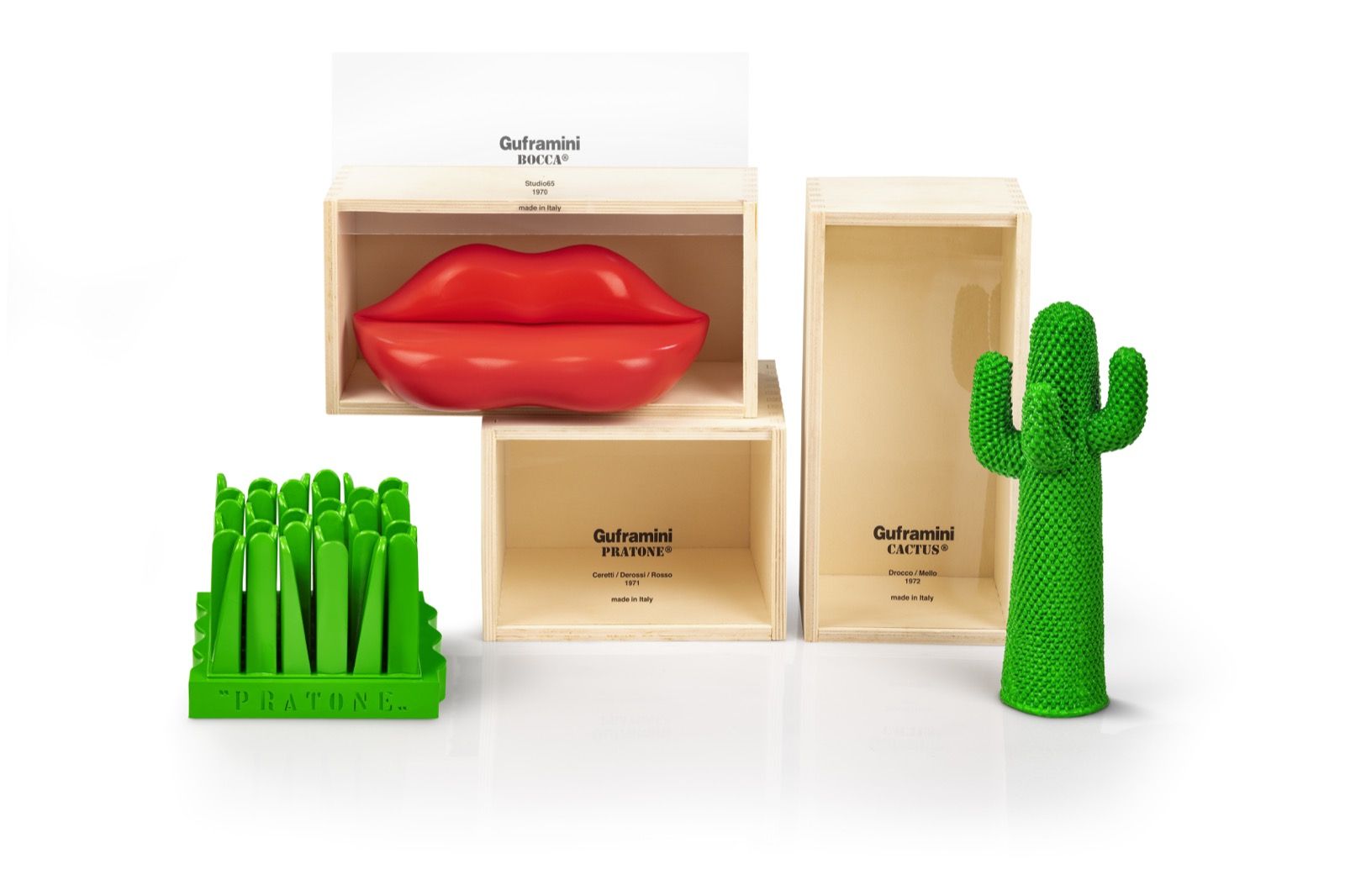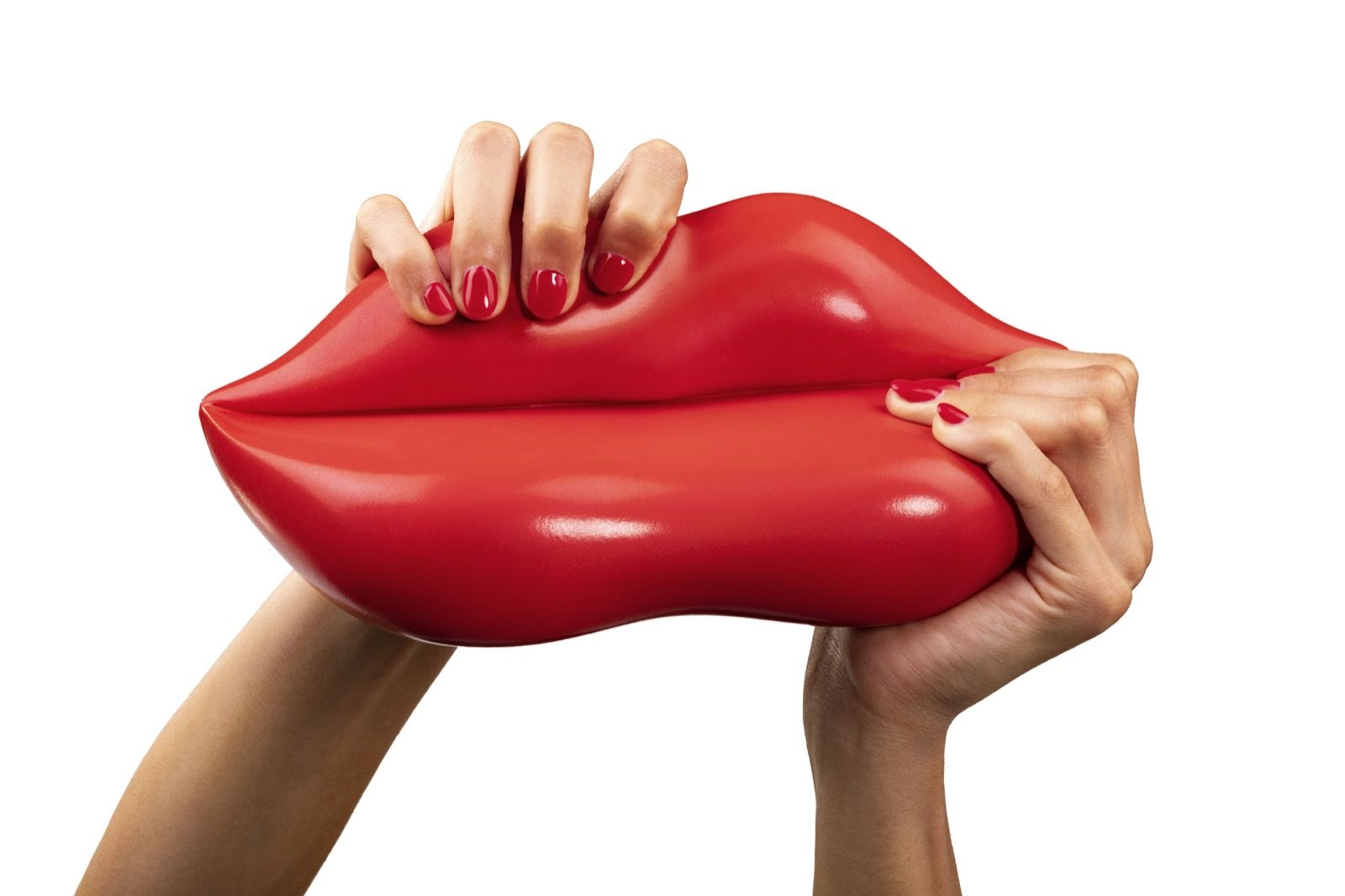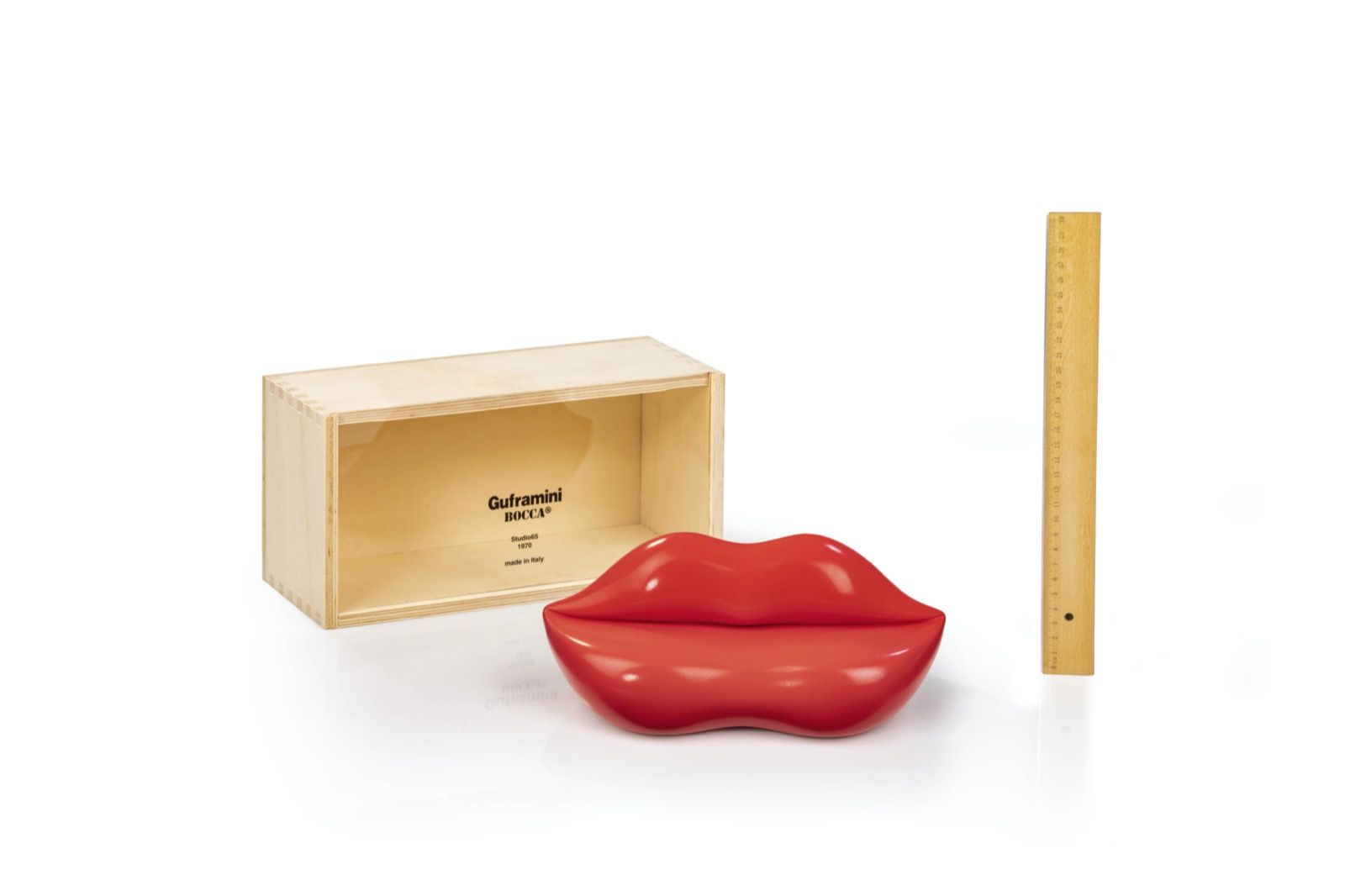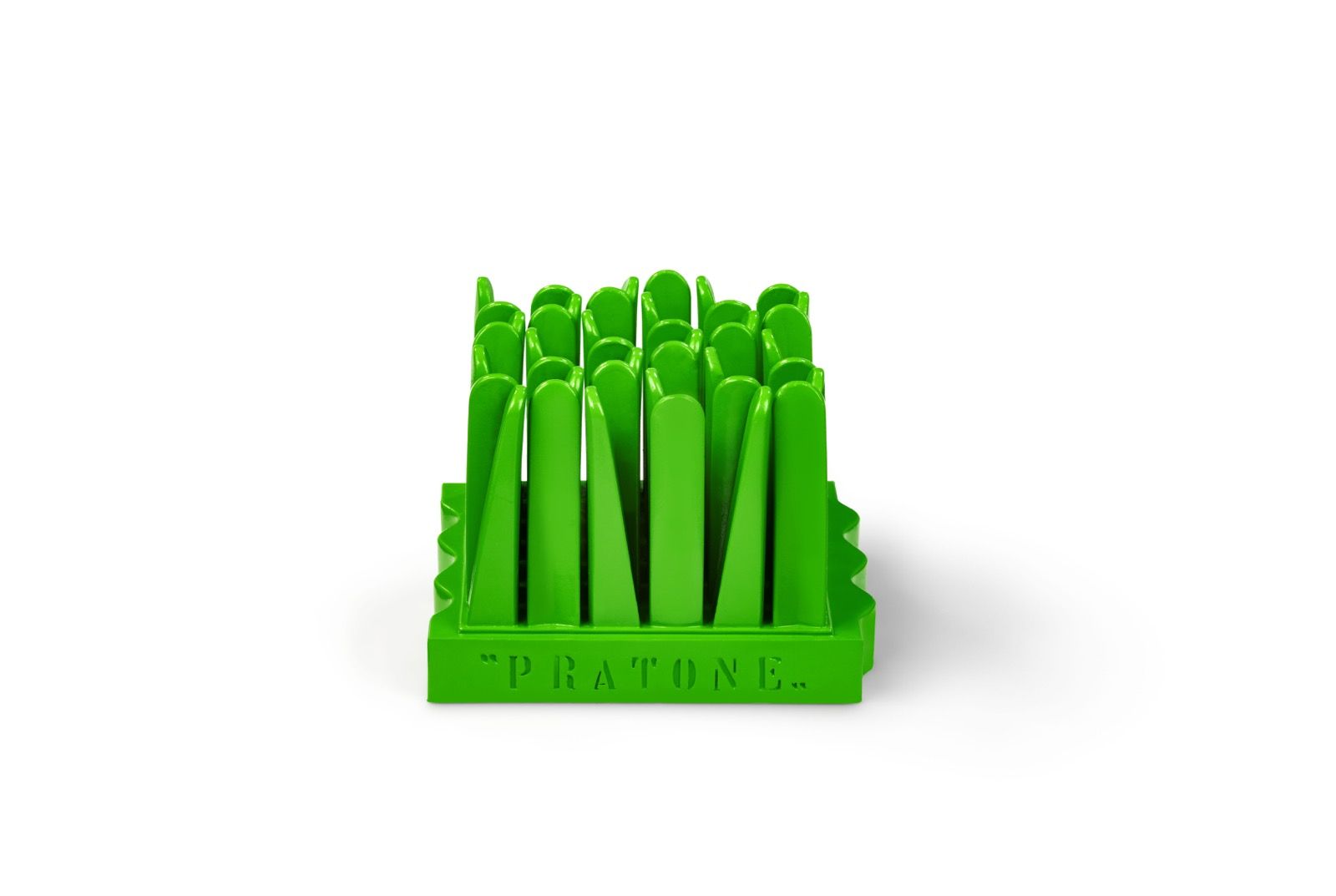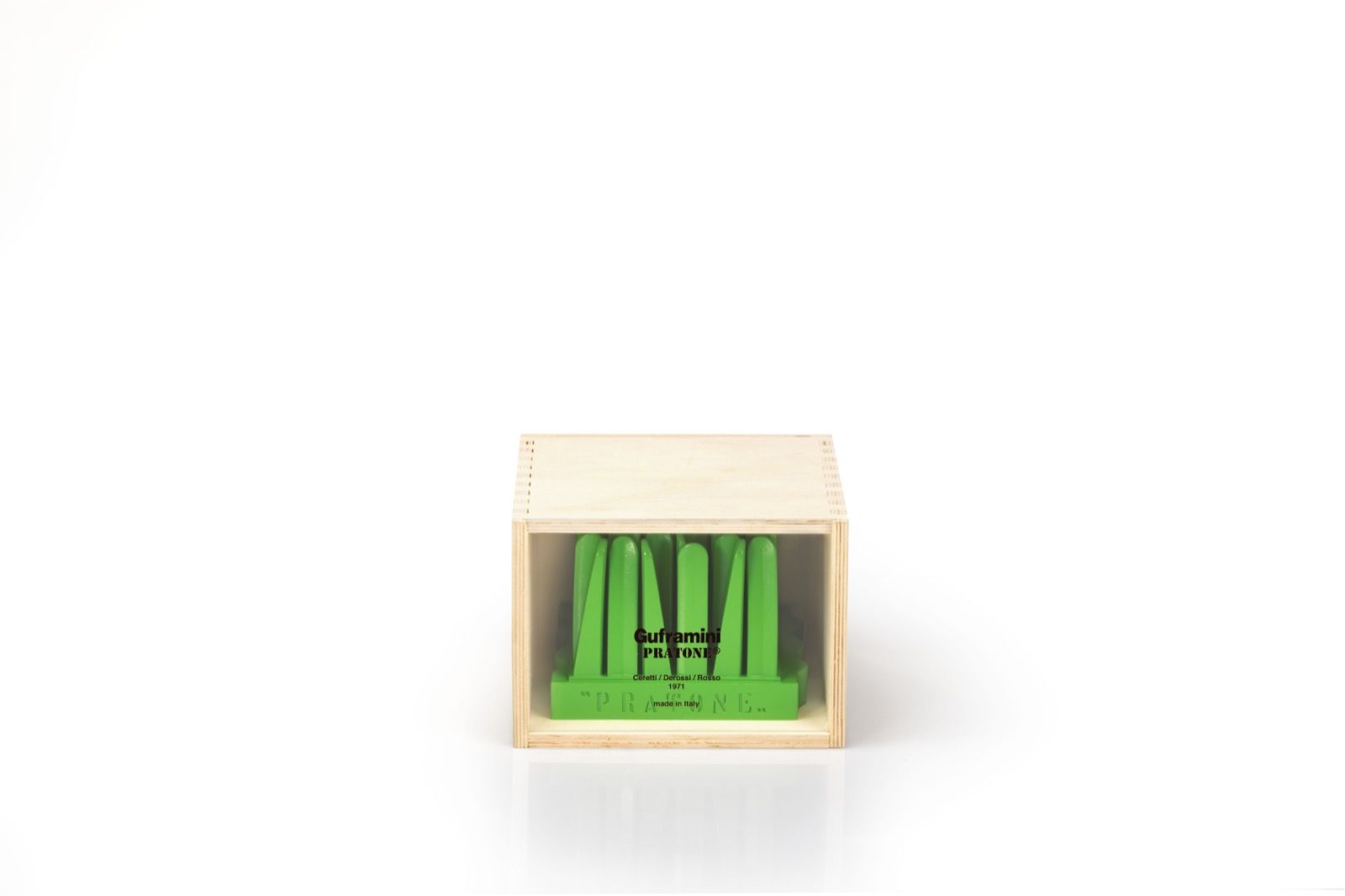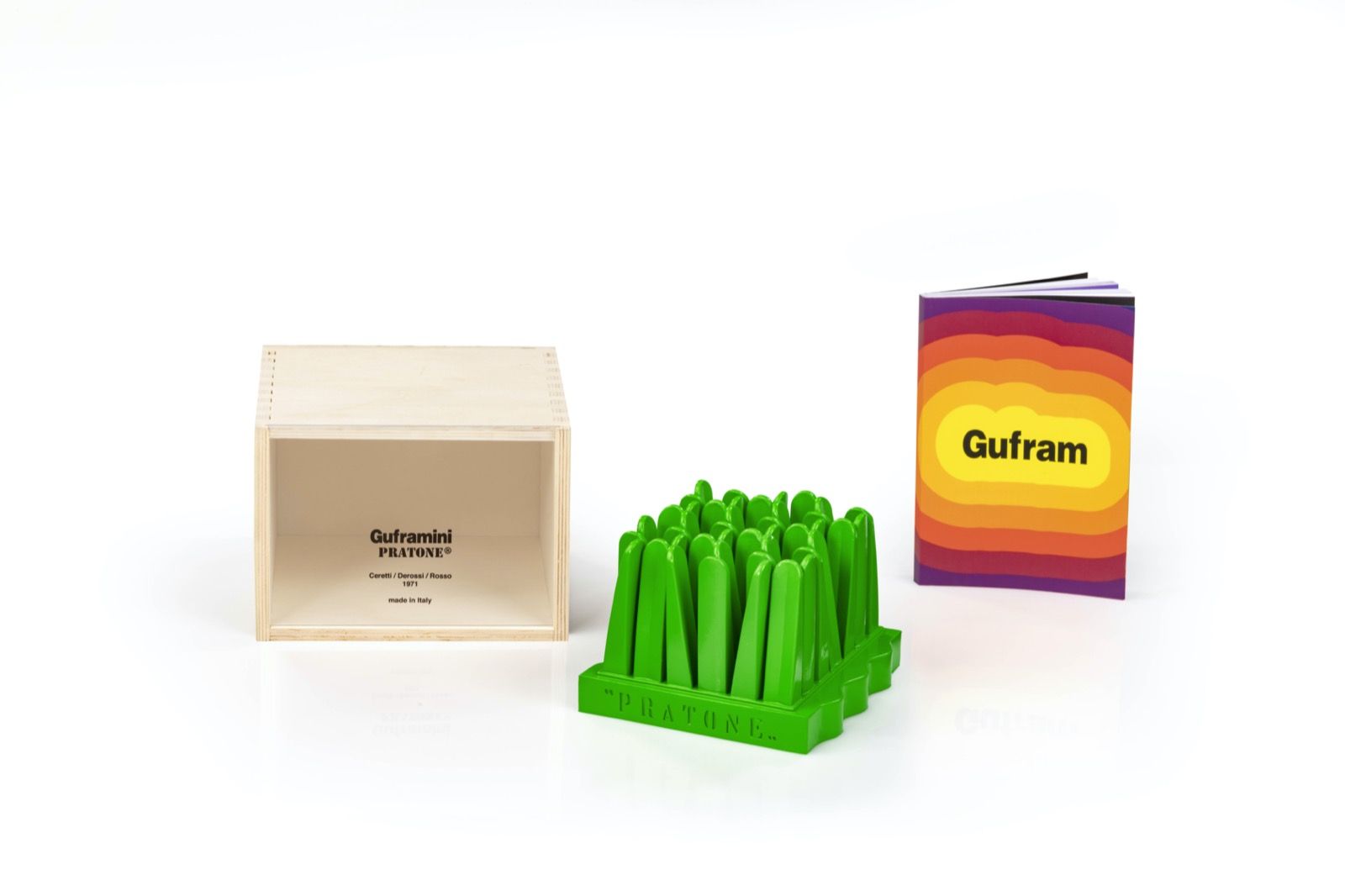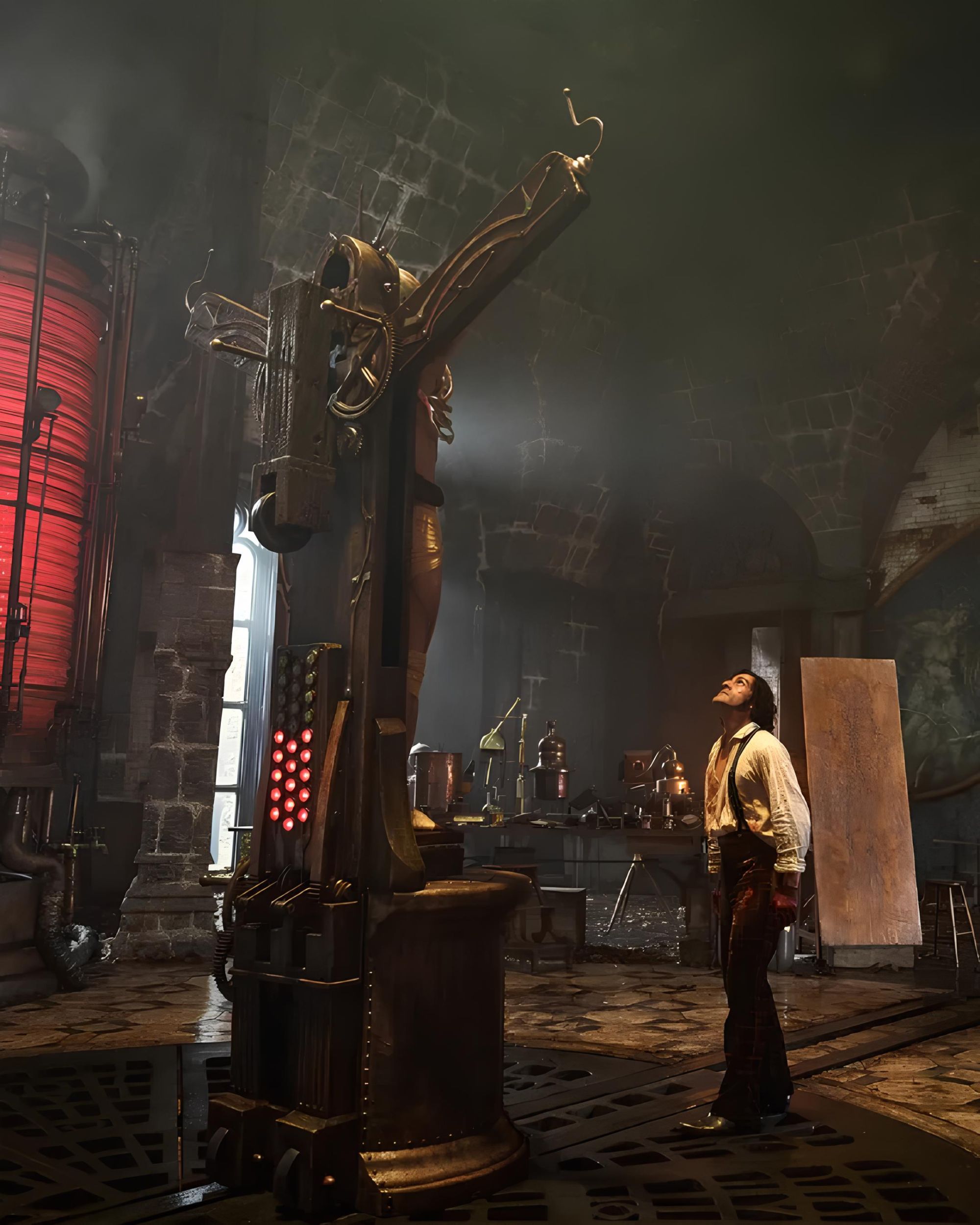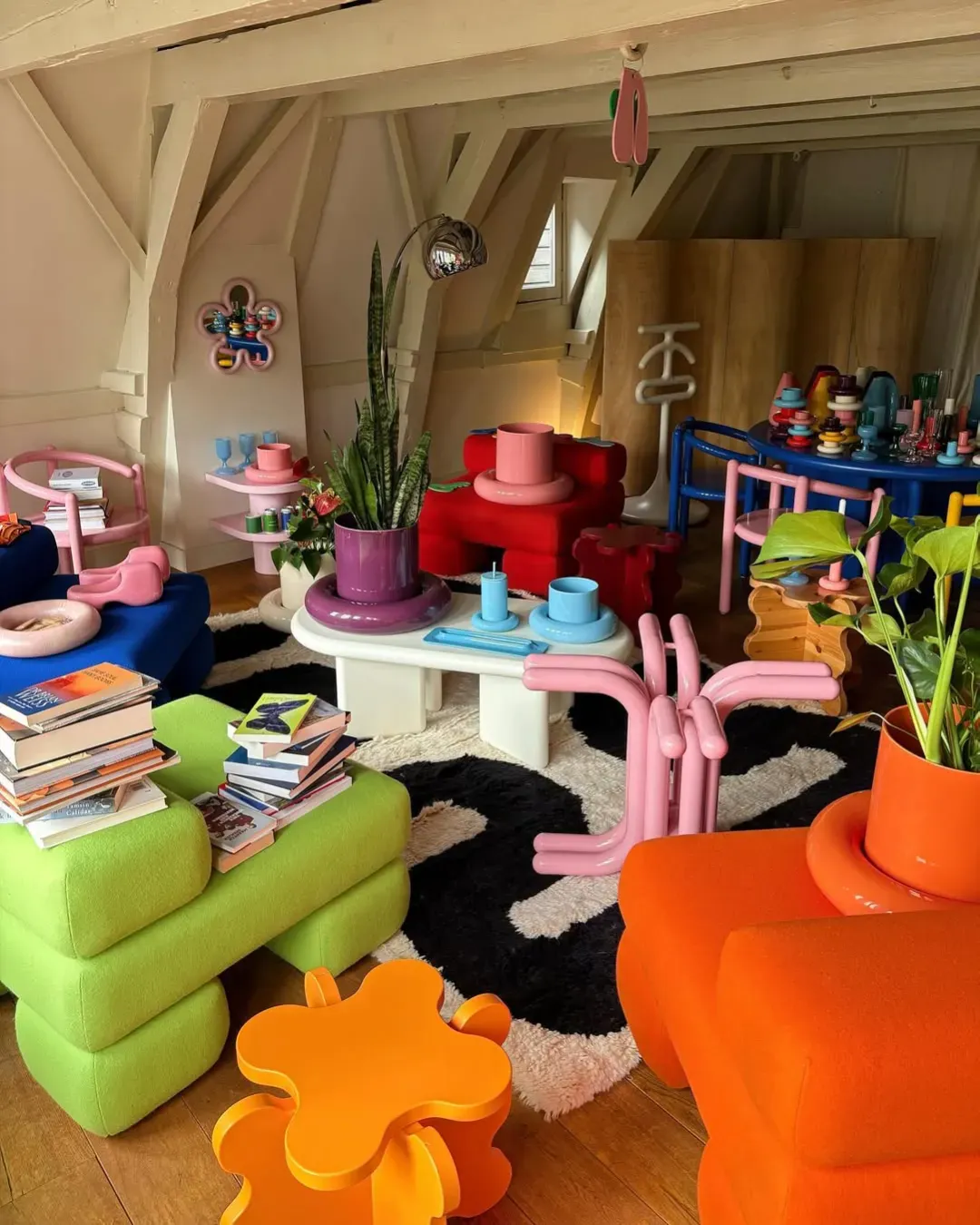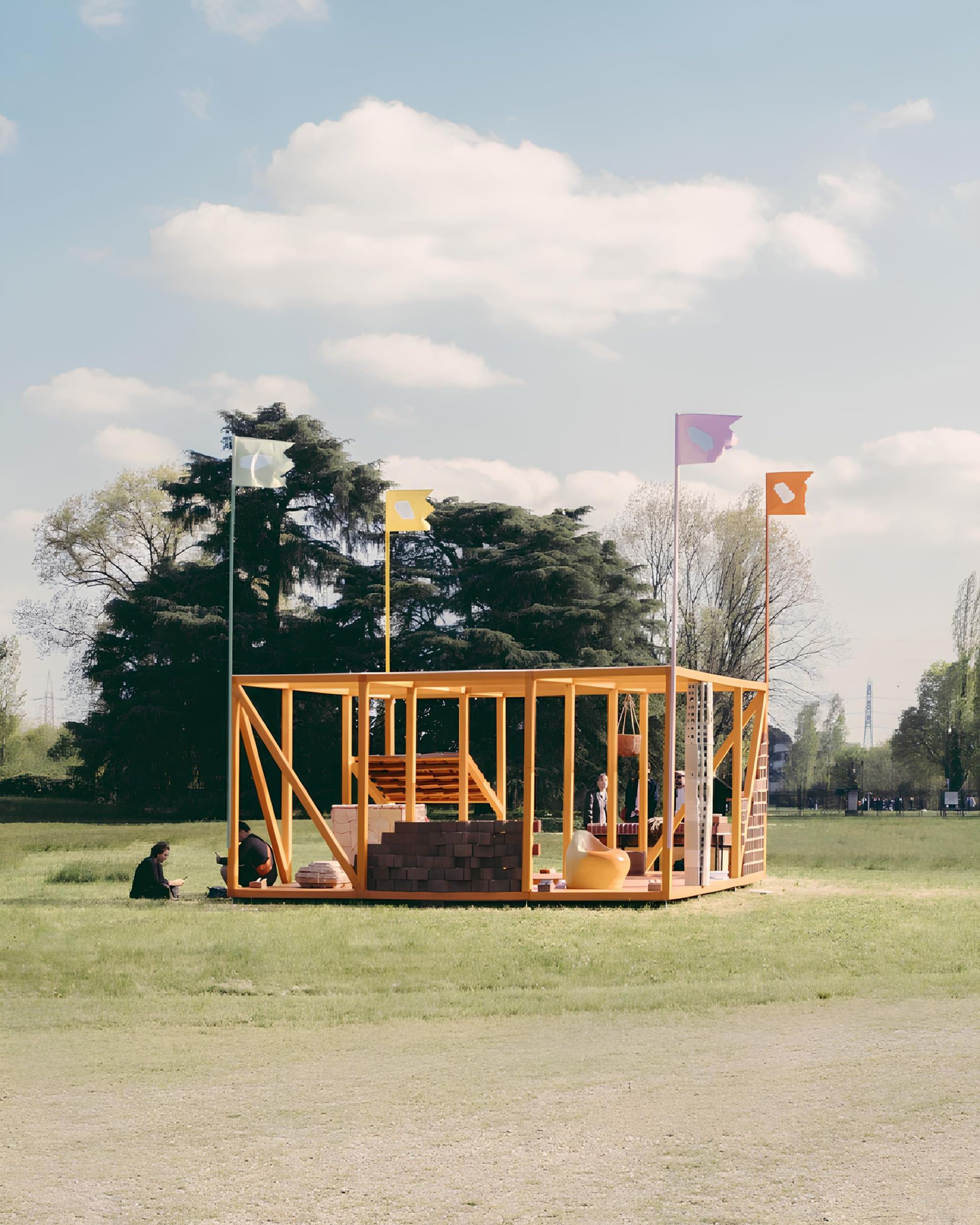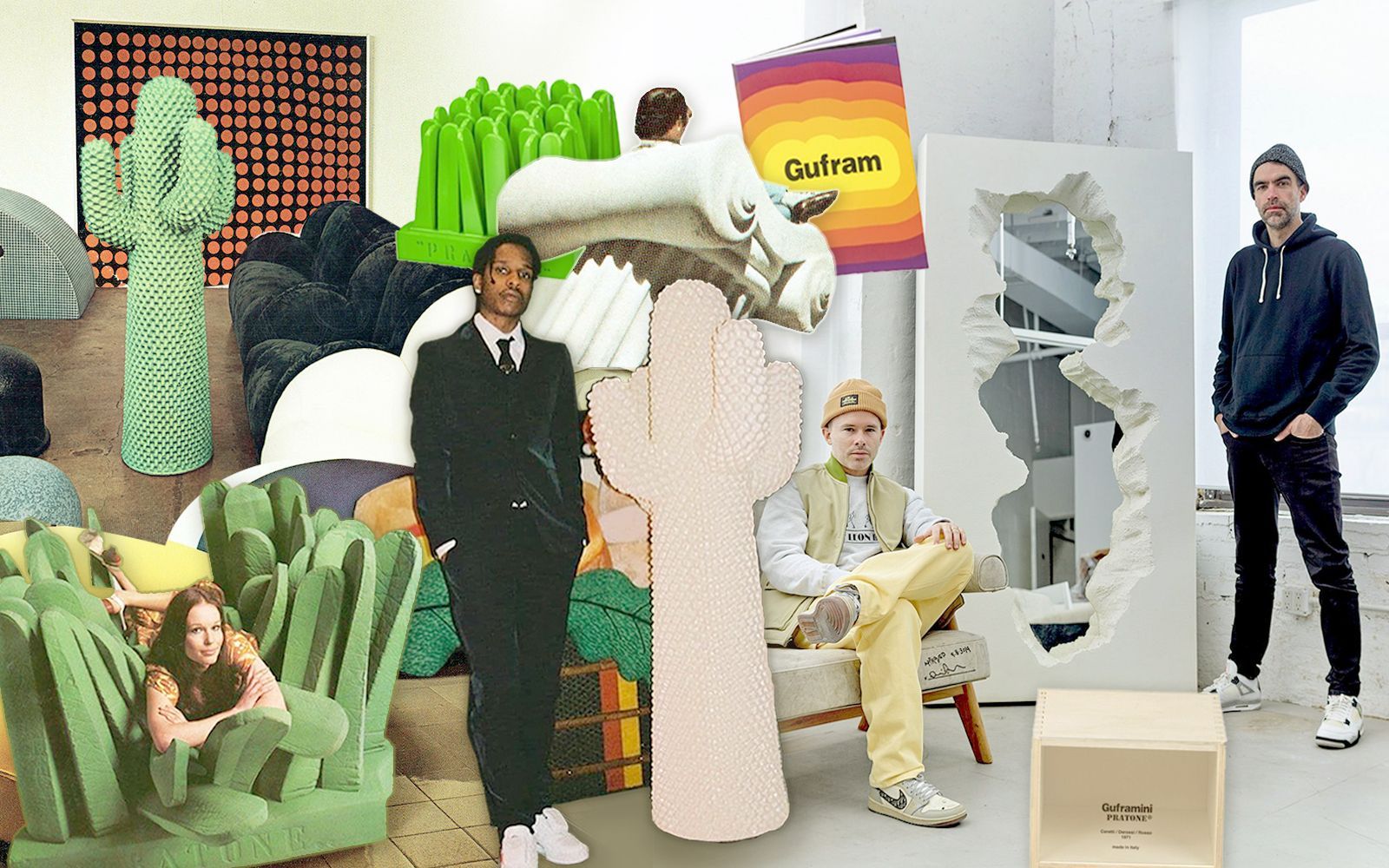
Gufram is still the ultimate Italian design radical avant-guard From the 60s to Asap Rocky, we talked to Charley Vezza about Gufram's present and future
“The thing that intrigues me, however, is that in Italian the word "radical" is so similar to the word "root", as if to produce a great upheaval it was always necessary to have your feet firmly planted on the ground”.
This is how Charley Vezza thinks today Global Creative Orchestrator by Gufram, one of the brands that marked the golden age of Italian design and that today is returning to be an object of desire for aesthetes all over the world. From the Pratone designed by Italian designers Giorgio Ceretti, Pietro Derossi, Riccardo Rosso in 1971 and re-proposed in a giant version in Piazza San Fedele in Milan during the last Design Week to the Cactus that appeared on the feeds of A$AP Rocky and Travis Scott, gufram's aesthetics have remained current in its radicality even in a historical moment where design has lost its charge of cultural avant-garde and trends burn movements before develop concretely.
Gufram's is an idea of the world and beauty that since the 60s thanks to the encounter with POP-ART, the revolution in materials - in particular polyurethane foam - has aimed to upset a functional and flat idea of design. Half a century later, Vezza argues "that the function of design – understood as creating objects that simplify people's lives – has remained the same. But I think this tends to be about others. In the case of Gufram the only need we satisfy has always been beauty, which is not useful but is fundamental."
In the 70s the radical design movement that reached its peak in 1972 thanks to the exhibition dedicated to Italian design entitled "Italy: The New Domestic Landscape" curated by Emilio Ambasz set up at the MOMA had a disruptive political value that influenced not only industry but art and politics. The Pratone - for example - inviting the user to find his seat in the middle of soft strands of expanding polyurethane grass, was a criticism of the bourgeois living room and its well-behaving labels, at the same time the iconic Bocca sofa - designed by Studio65 and inspired by Dali's Mae West face and the iconic red lips of Hollywood divas - was a provocation that evoked female sexuality and became a global aesthetic icon appearing on Beyoncé's tours, in the shots of David Lachapelle as well as in magazines and museums around the world.
Managing the present and future of a design brand with such a cumbersome past is not an easy task, especially when oscillating between collecting and the tsunami of hype. Today the brand has managed to remain faithful to its aesthetics and to surf at the same time the new market niches such as that of the collectibles with the Guframini collection that reproduce the pieces that have made the history of design on a small scale. The aesthetics of radical design has in fact maintained its pop charm thanks to a dosed management of the archive, whose report according to Vezza "serves to indicate the direction but not to trace the way", an interesting lesson for fashion brands that today have rediscovered the potential of the archive but are still experimenting with its practical use.
A vision perfectly summarized in the Broken series created in collaboration with the New York creative duo of Alex Mustonen and Daniel Arsham, soul and mind of Snarkictecture. It is one of the rare collaborations of the brand that has as its philosophy to "focus on a few high-value collaborations with a single goal in mind: to continue to create new contemporary radical icons." And in this sense the Broken Series plays with materiality by deceiving the senses of the viewer: the Broken Square Mirror and Broken Bench play with the appearance of concrete, and then turn out to be very soft to the touch.
In particular, the mirror almost seems to be a gash in the contemporary world, a window to peek into another reality. The collection maintains the ironic lightness of Gufram also combining a dreamlike vision of the future, today a topic mostly associated with metaverse and technology, in which design does not always find space: "Future for me is synonymous with innovation because when we imagine it we always think of a more advanced time than ours. After all, if tomorrow had the same characteristics as today, we would live in an eternal present."
The vision of contemporary Gufram embodies the hybrid and radical nature that inspired the foundation of the brand: "Our icons travel in a world between art and design; if you think about it, even today I don't think you can associate Gufram with a well-defined sector". The sector categories today are not barriers but rather become stimuli for the creativity of brands so ubiquitous and interesting as to be able to touch very distant sectors, as Charley Vezza confirms:
"Oggi forse mi interesserebbe un progetto che finisse sugli scaffali degli alimentari: so che state pensando a un biscottino a forma di cactus da inzuppare nel latte, ma non volevo essere così didascalico!"

